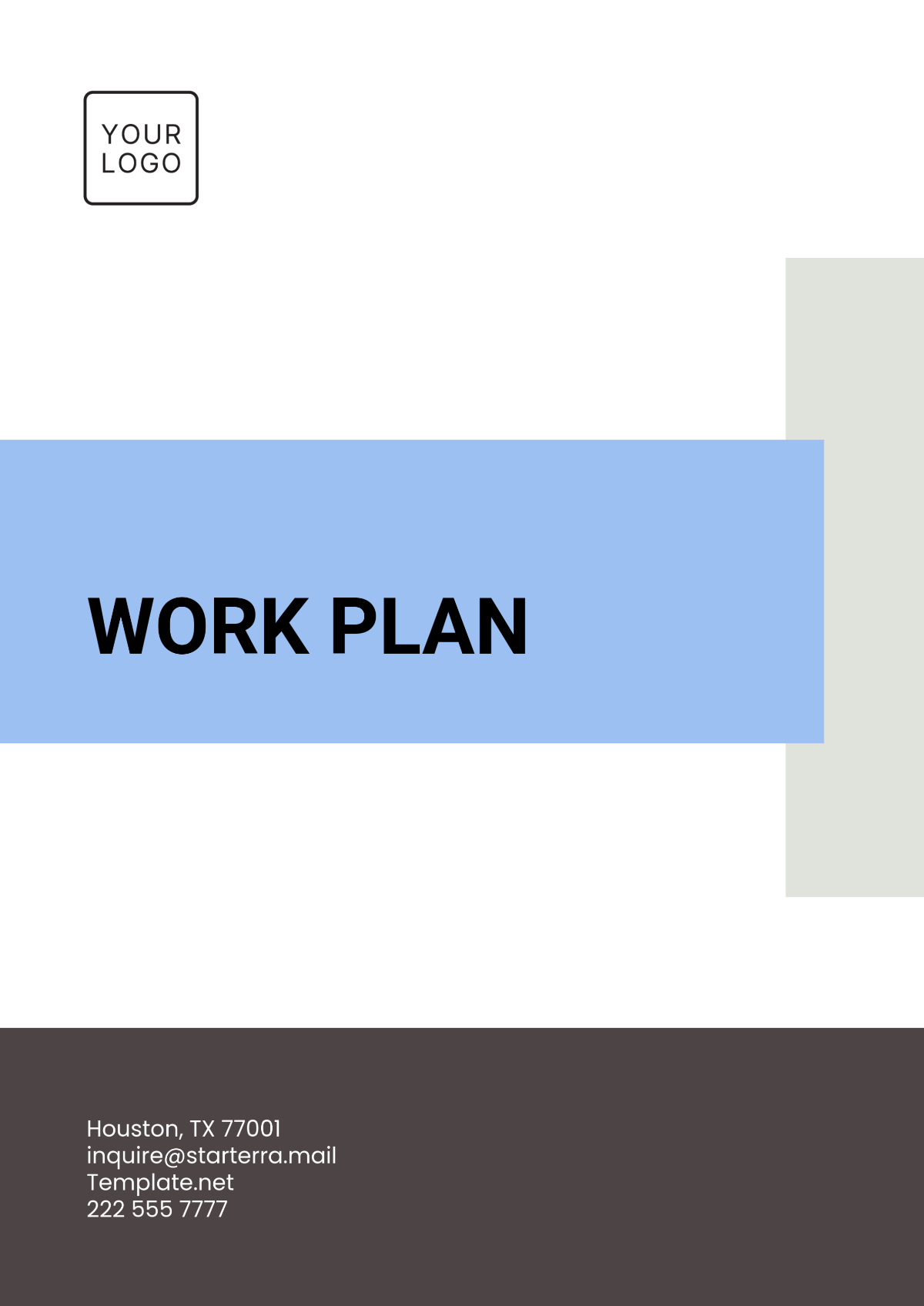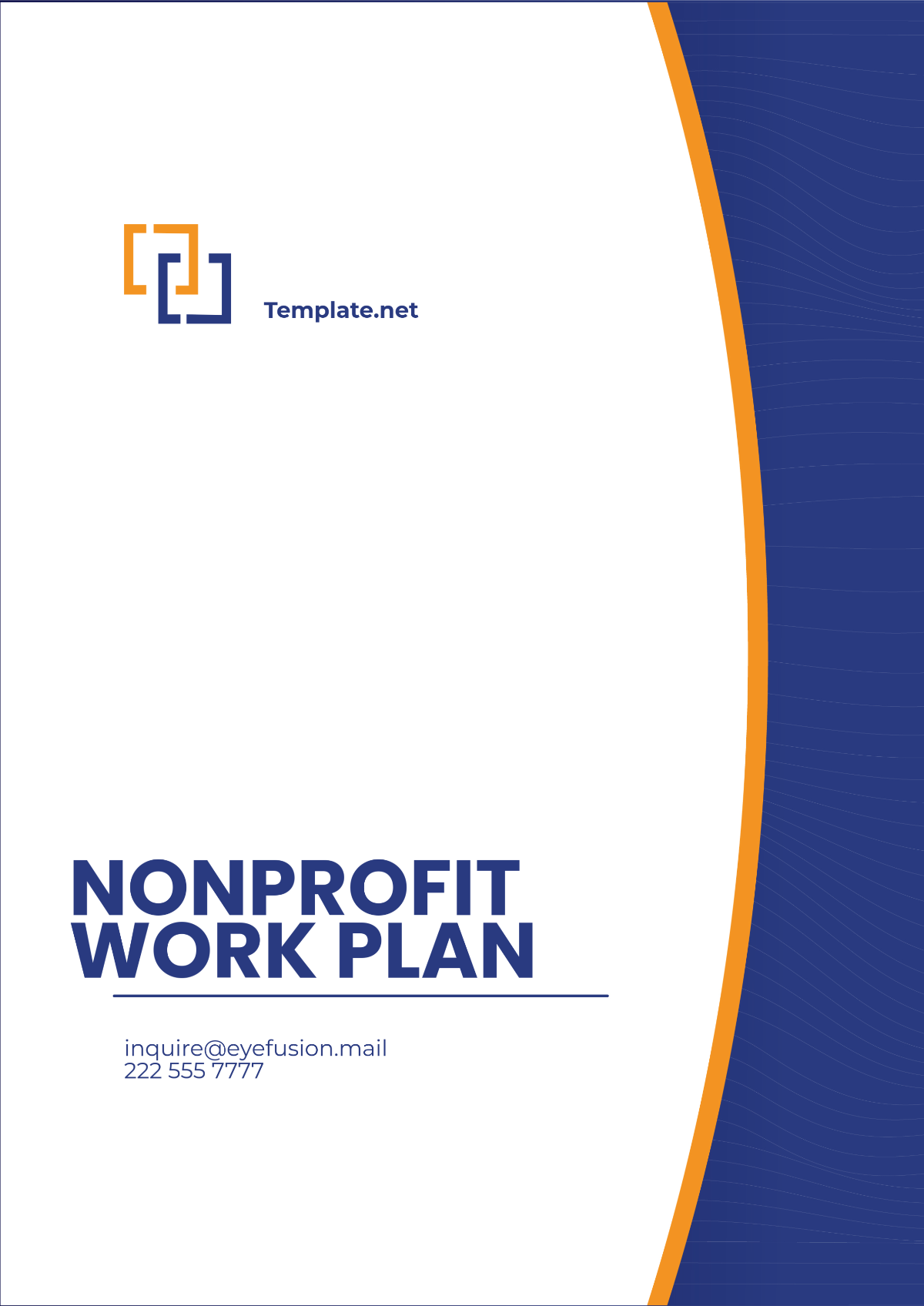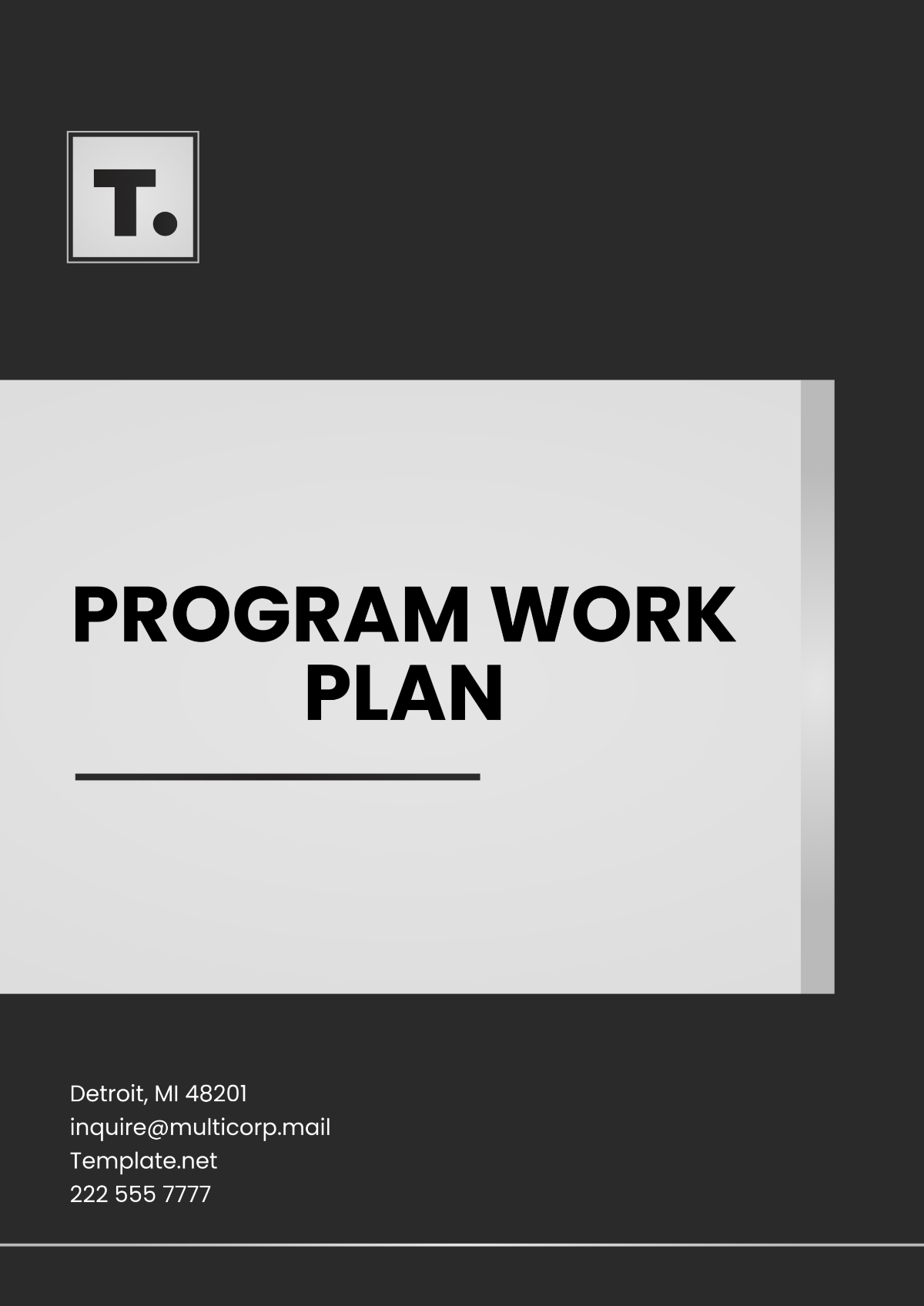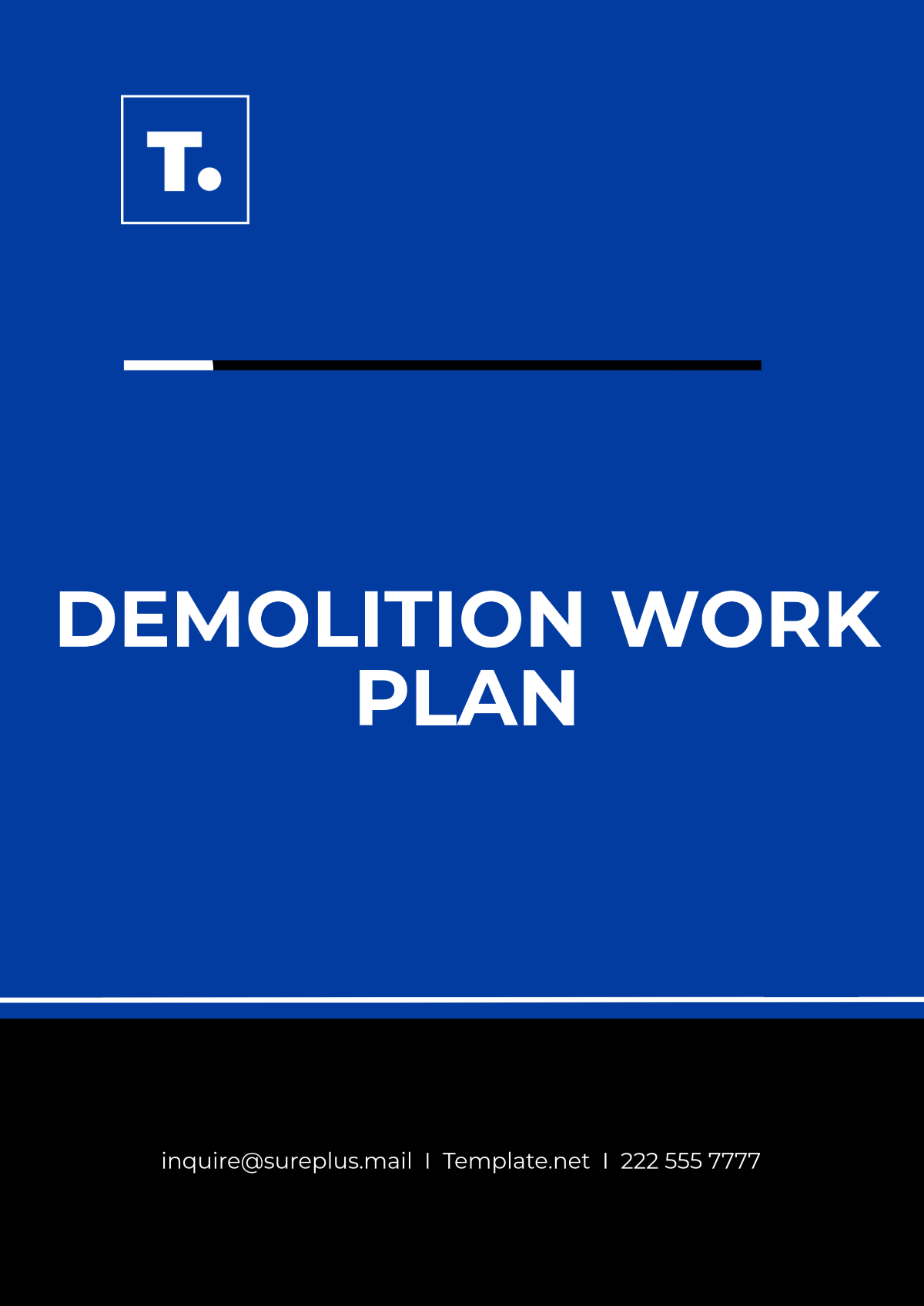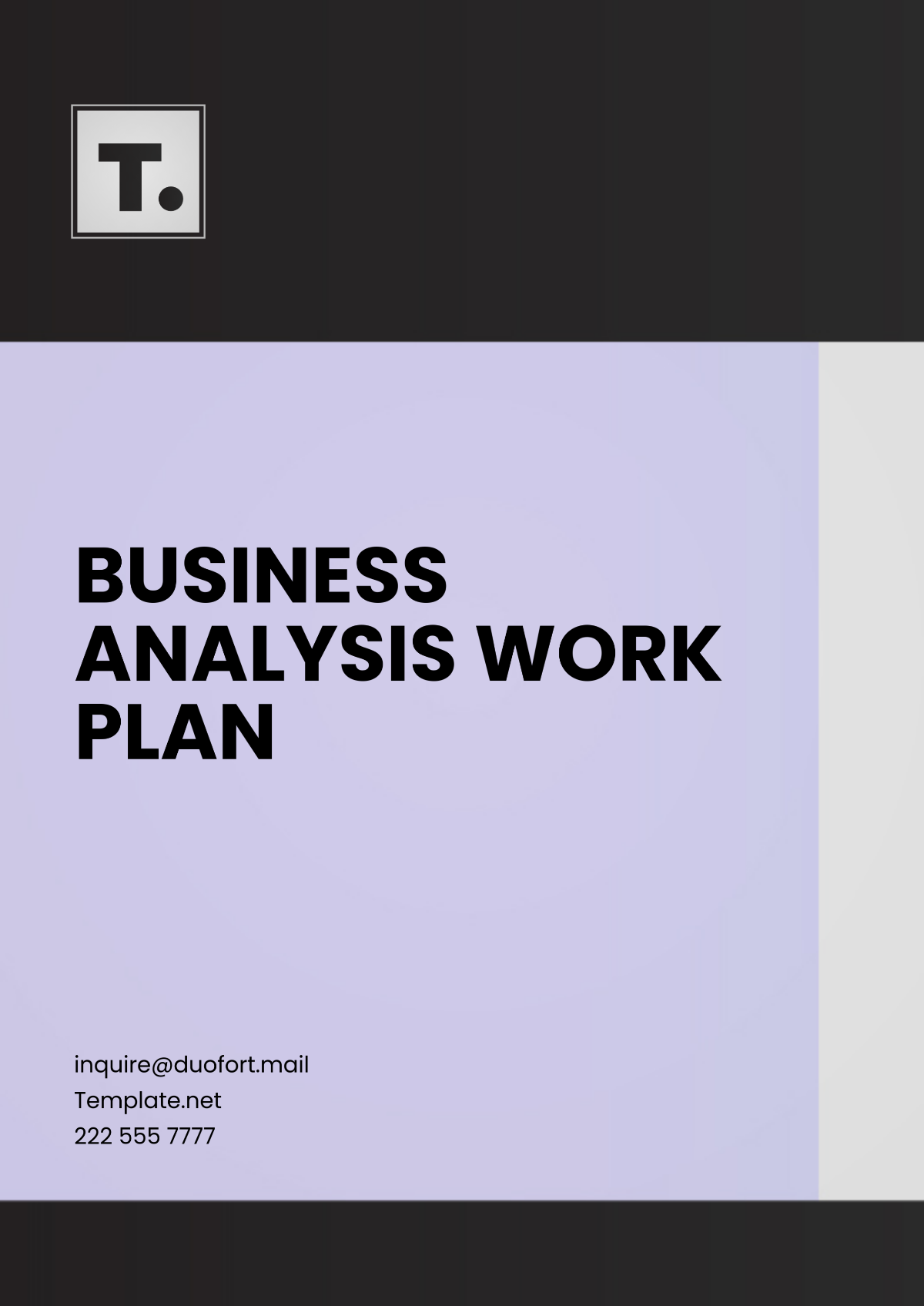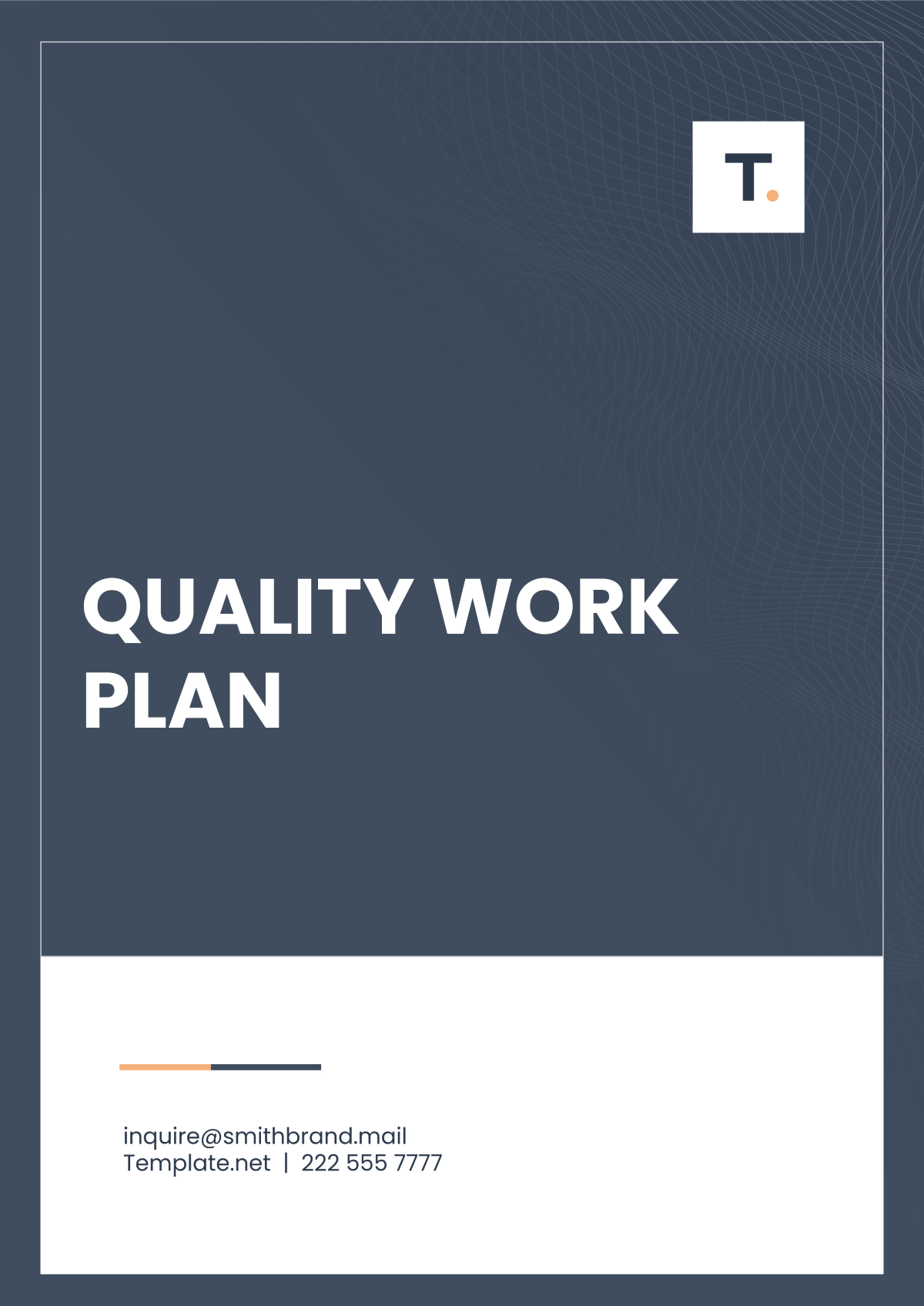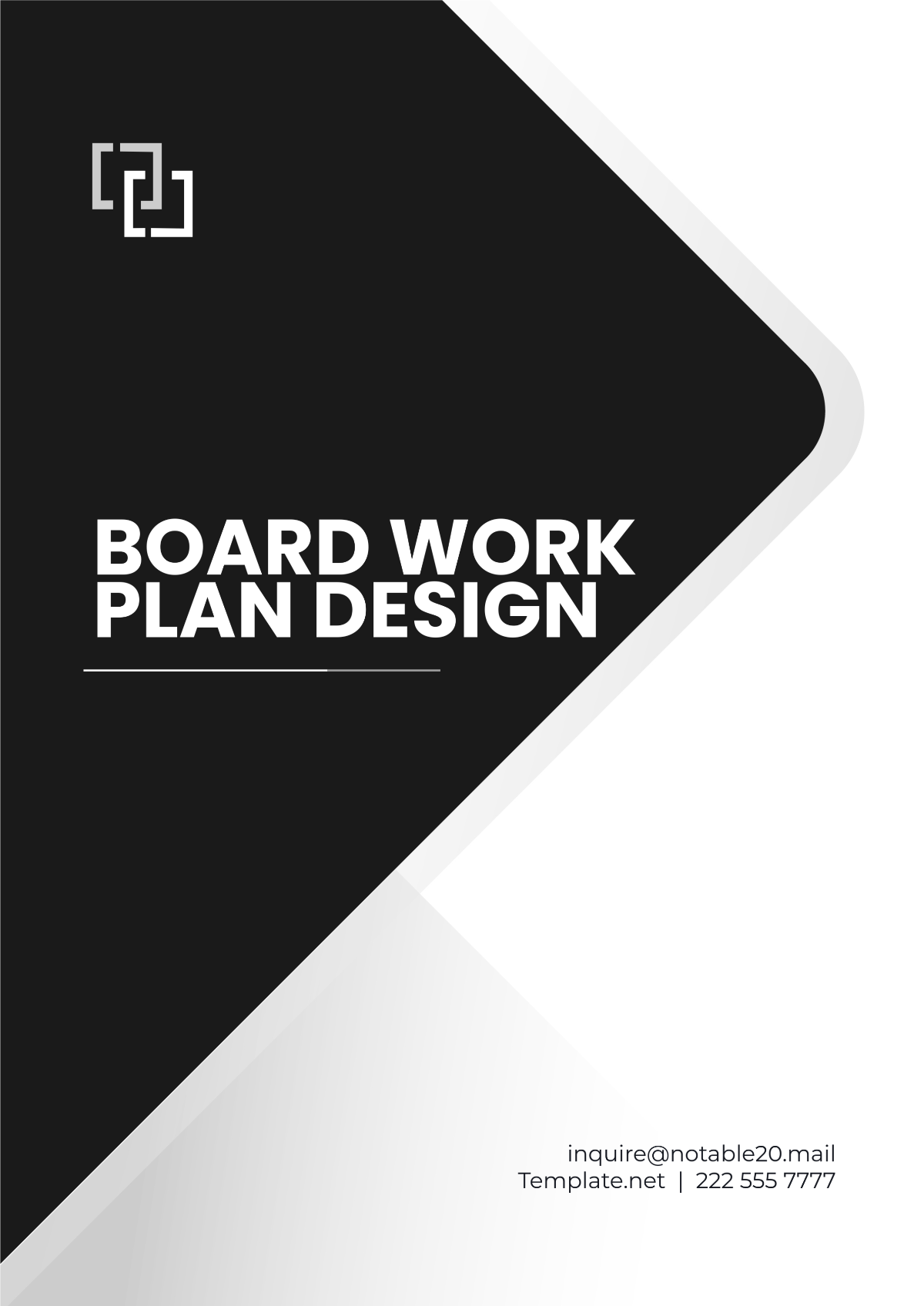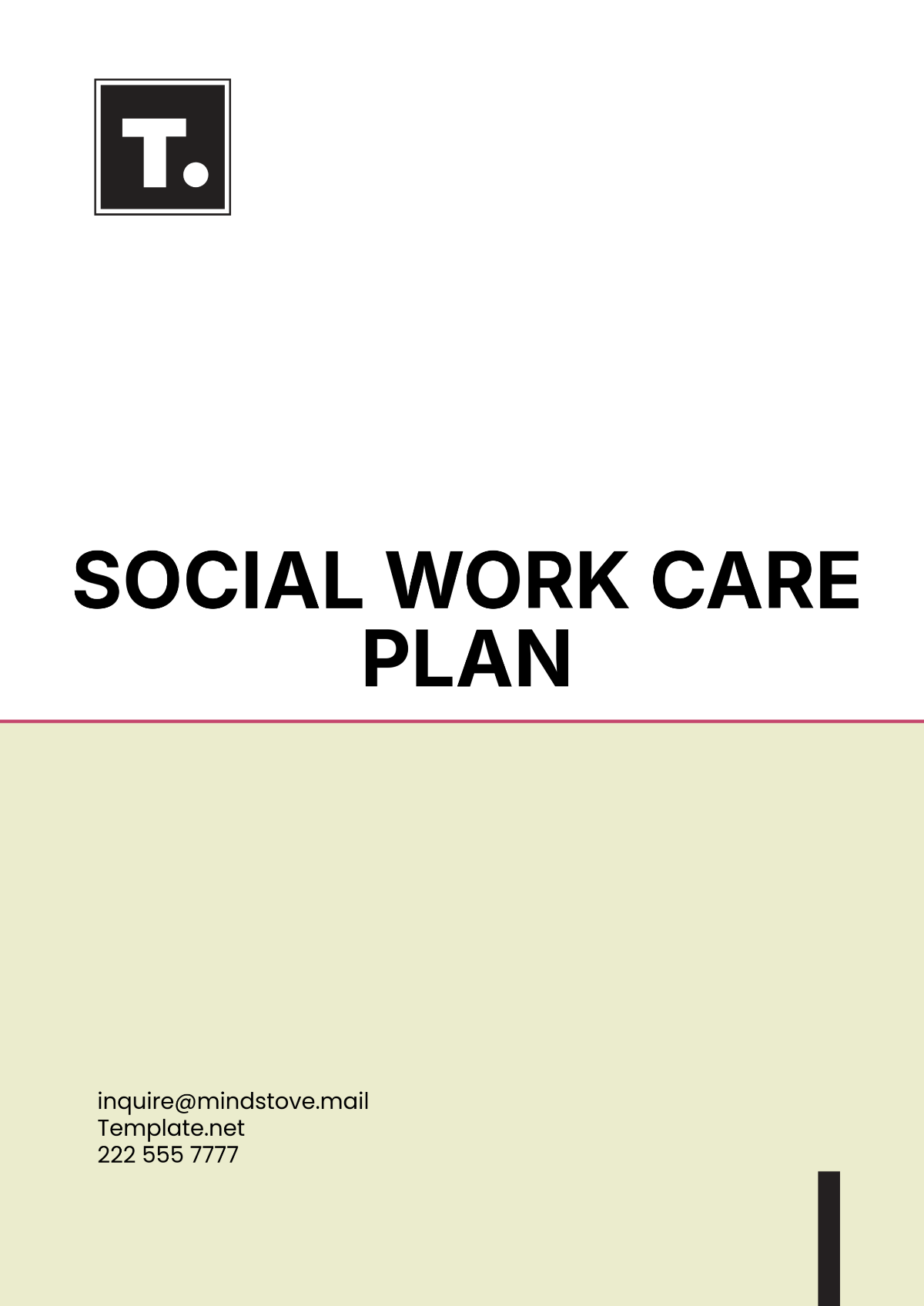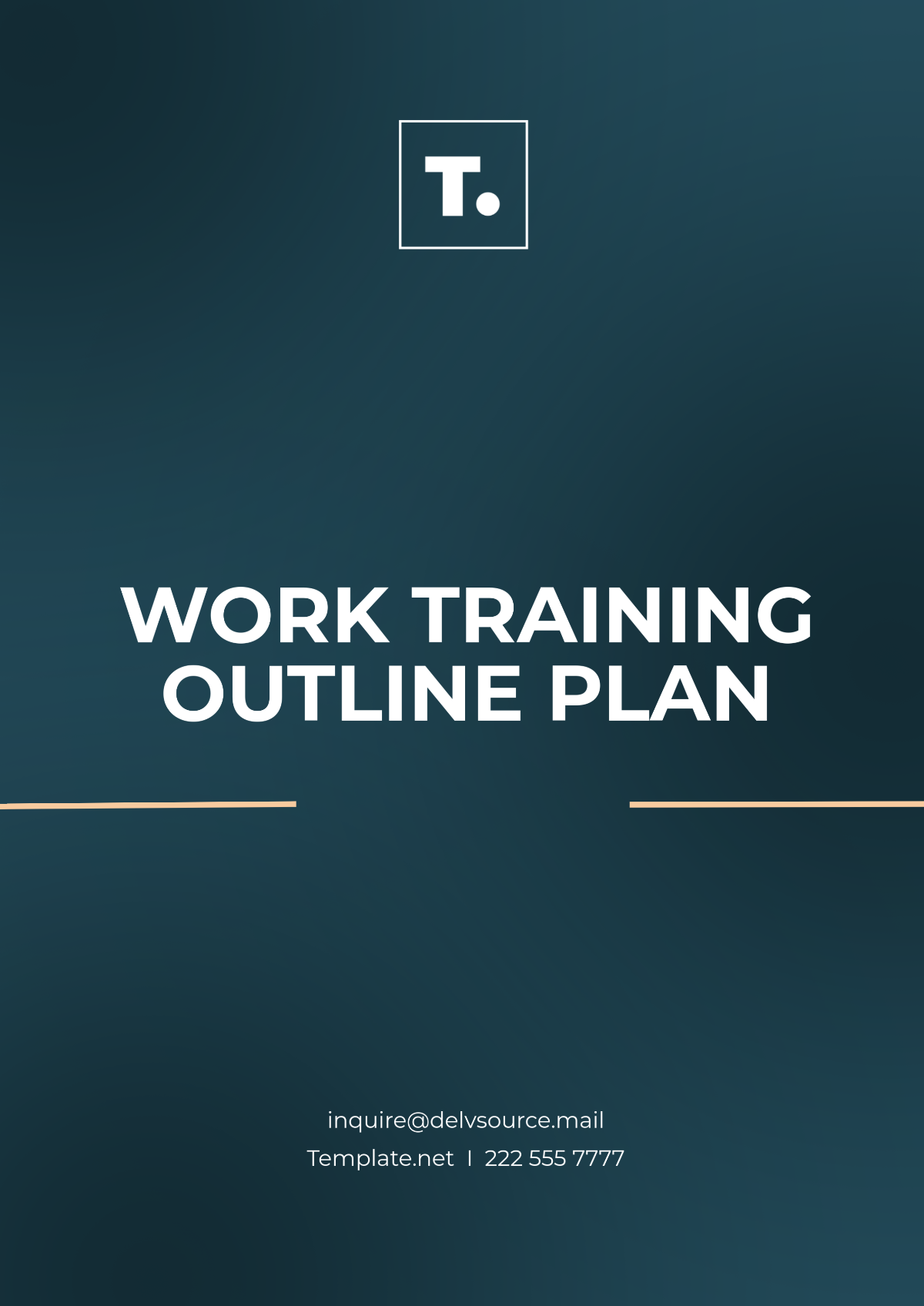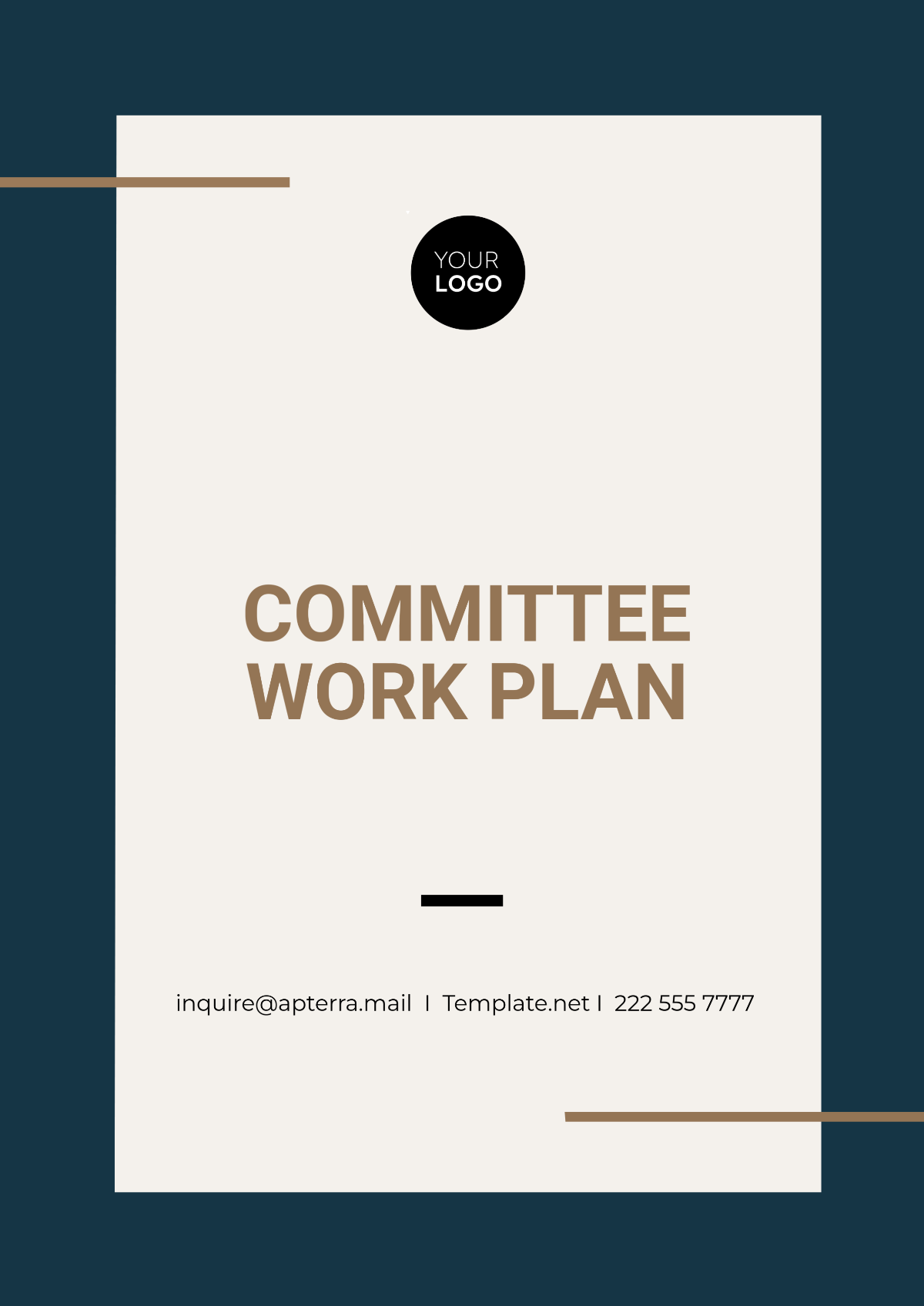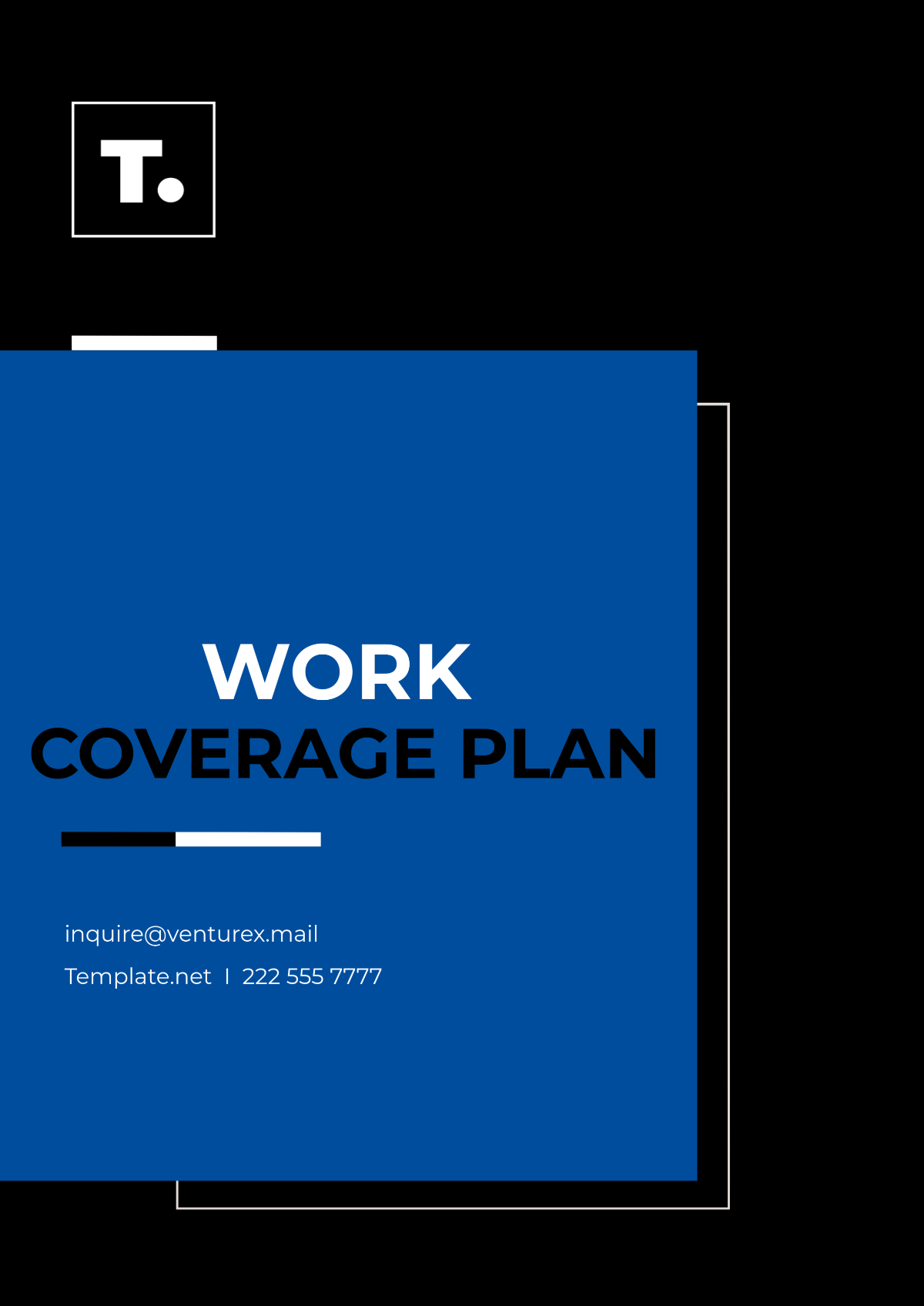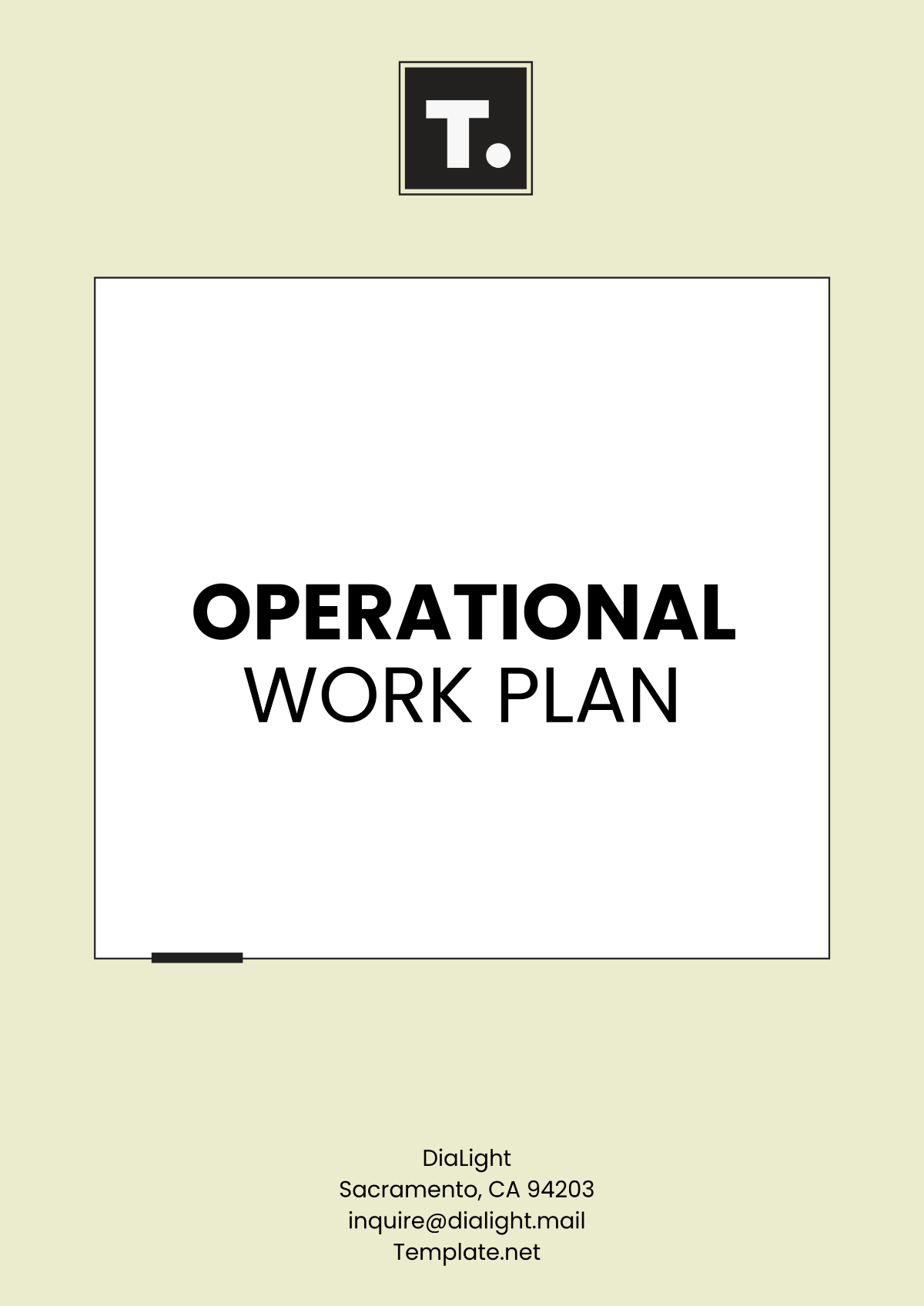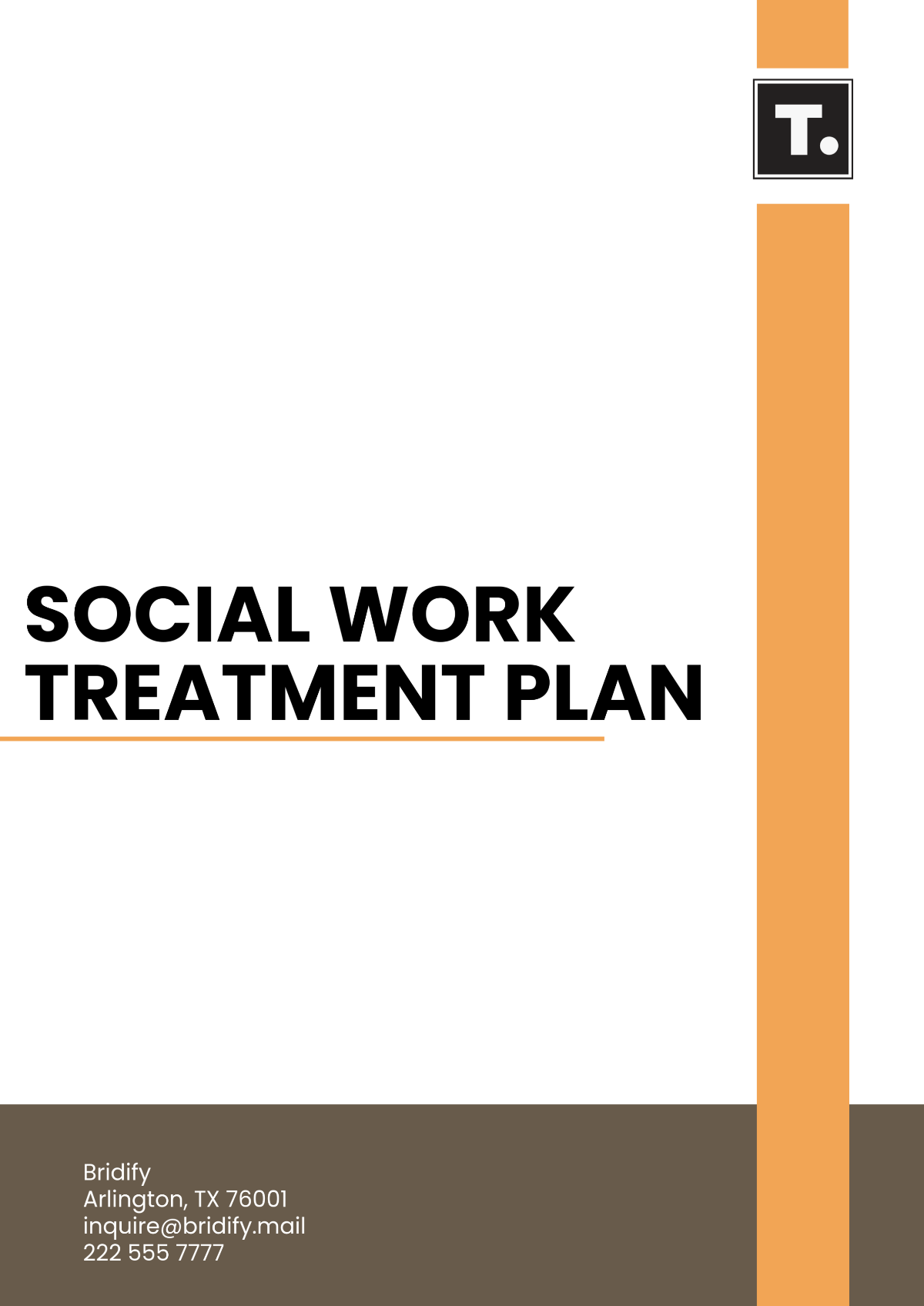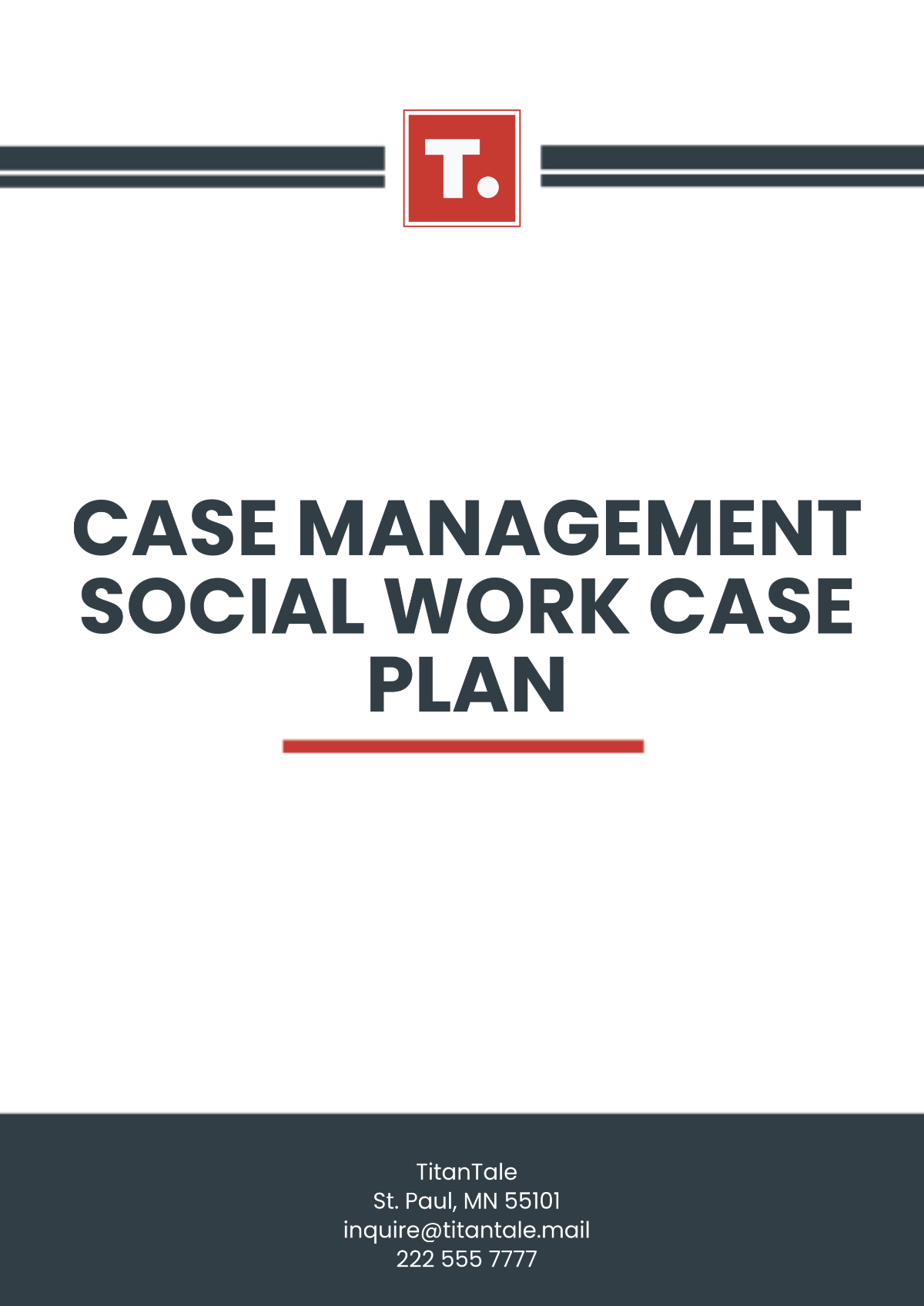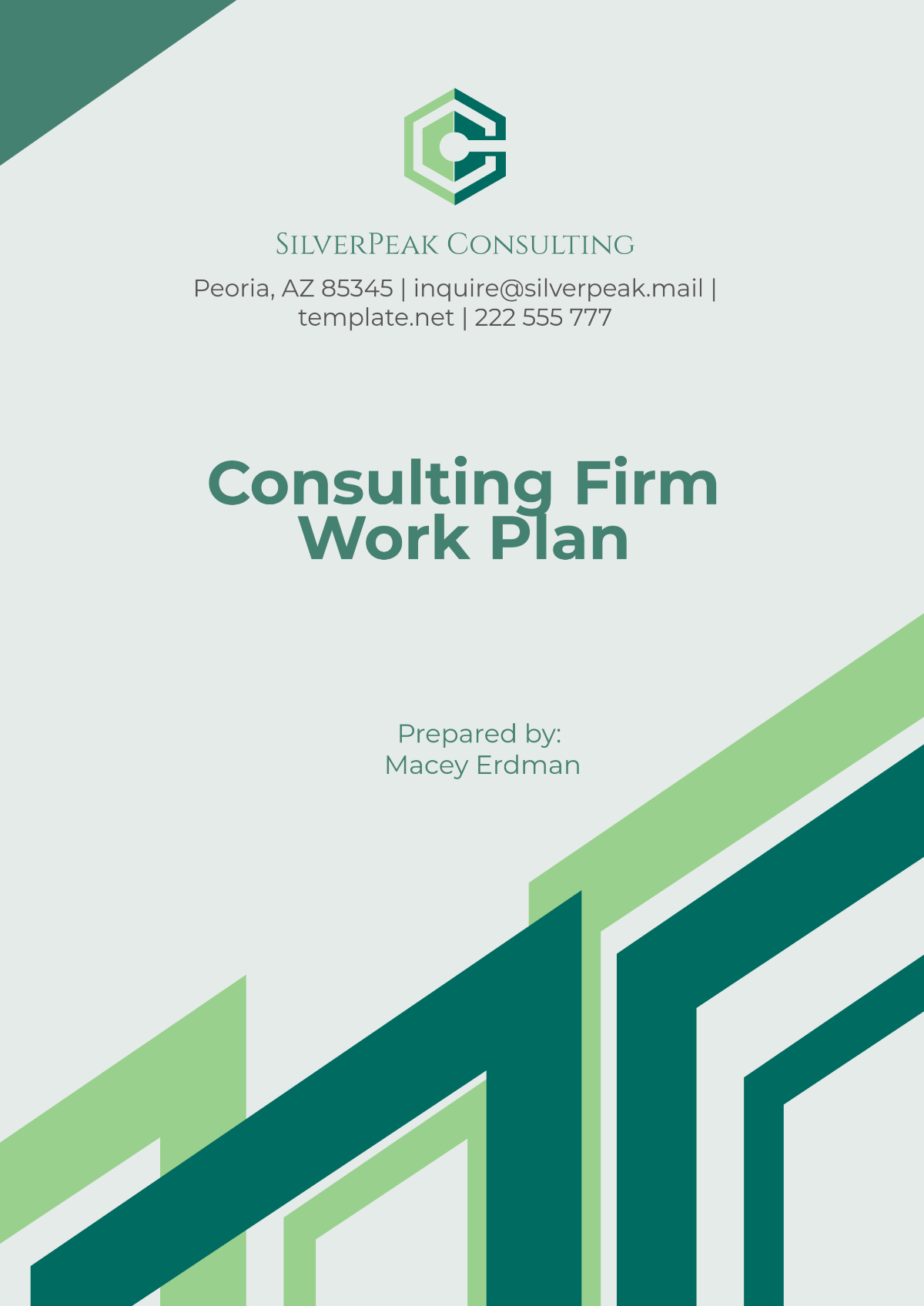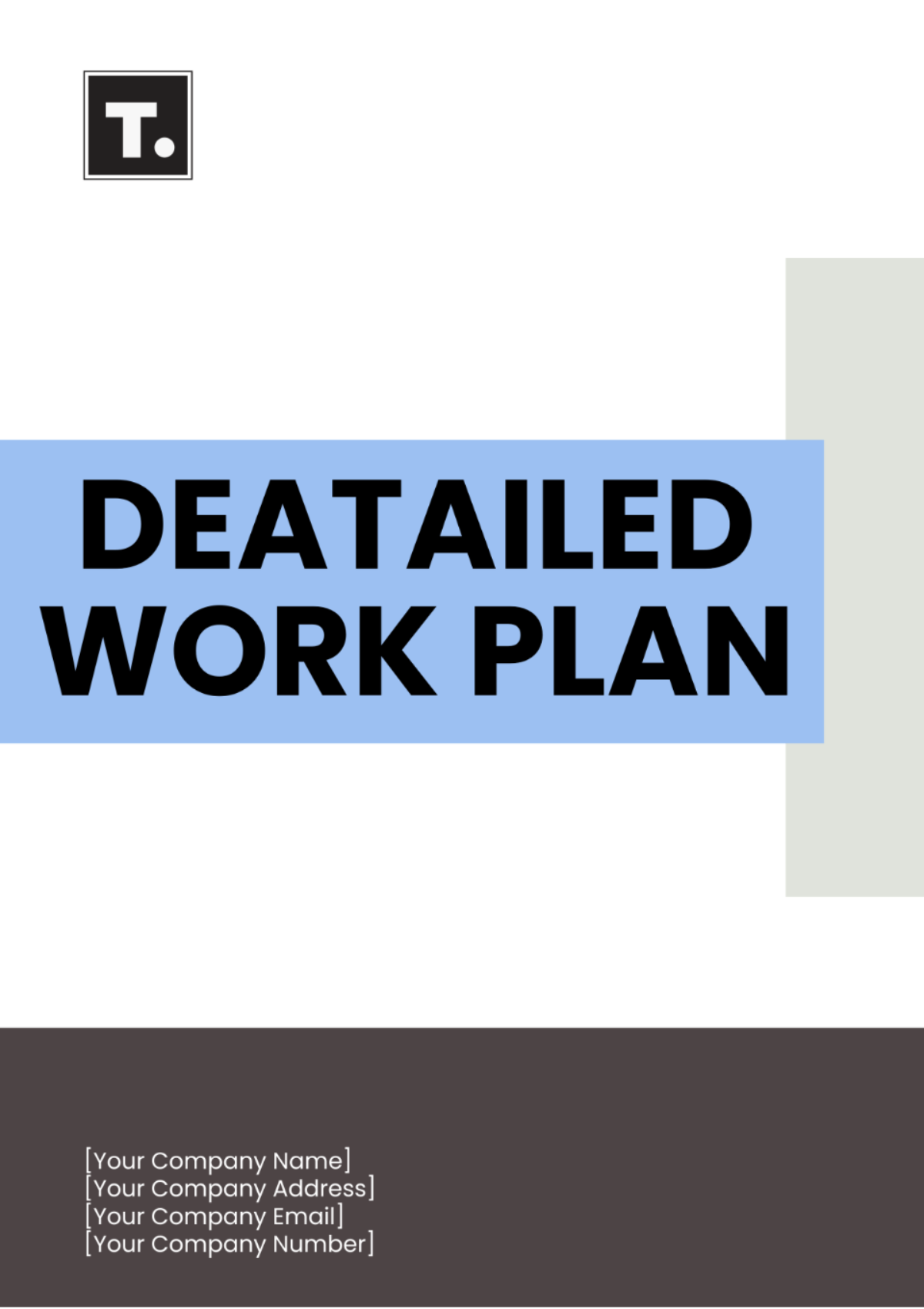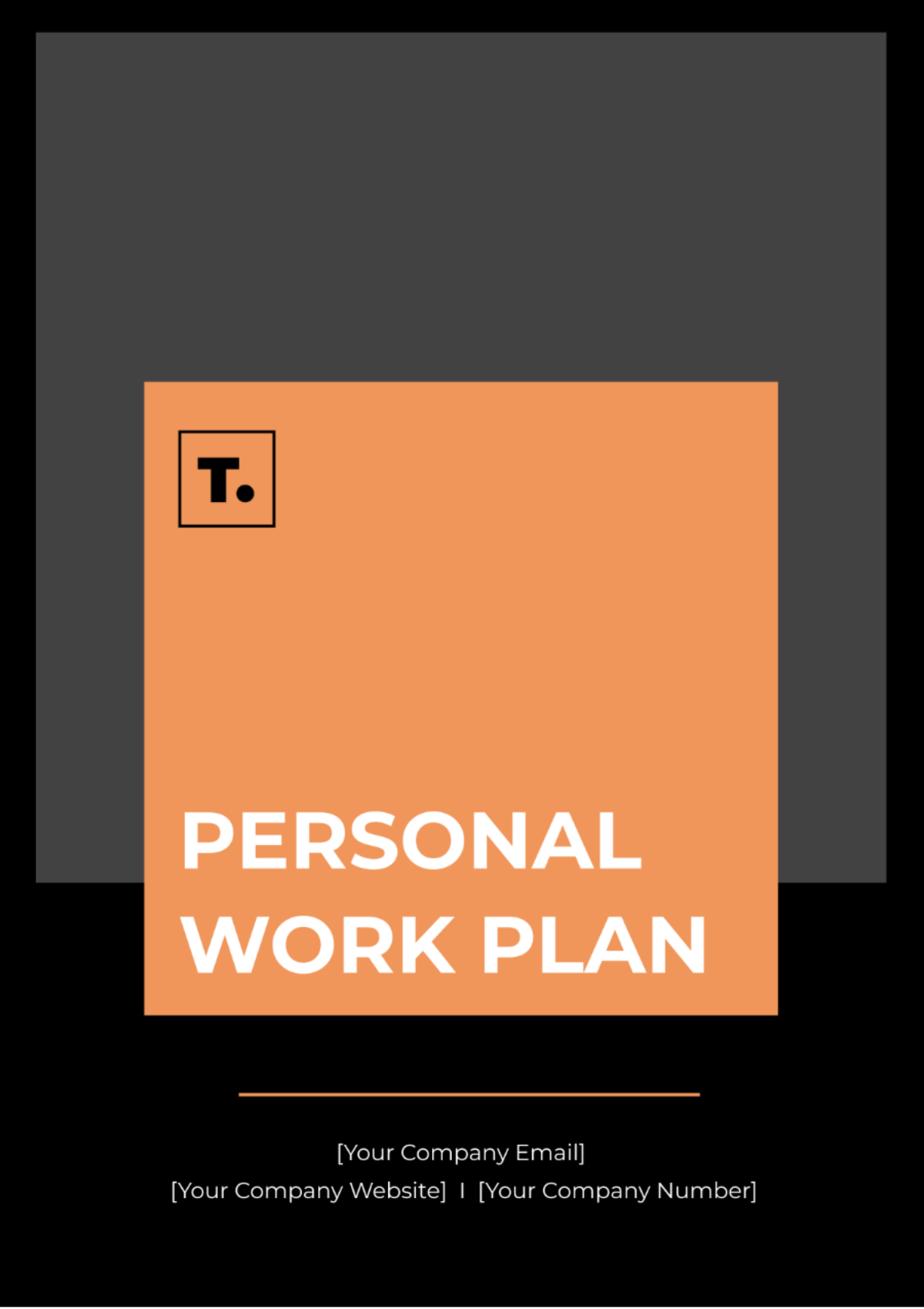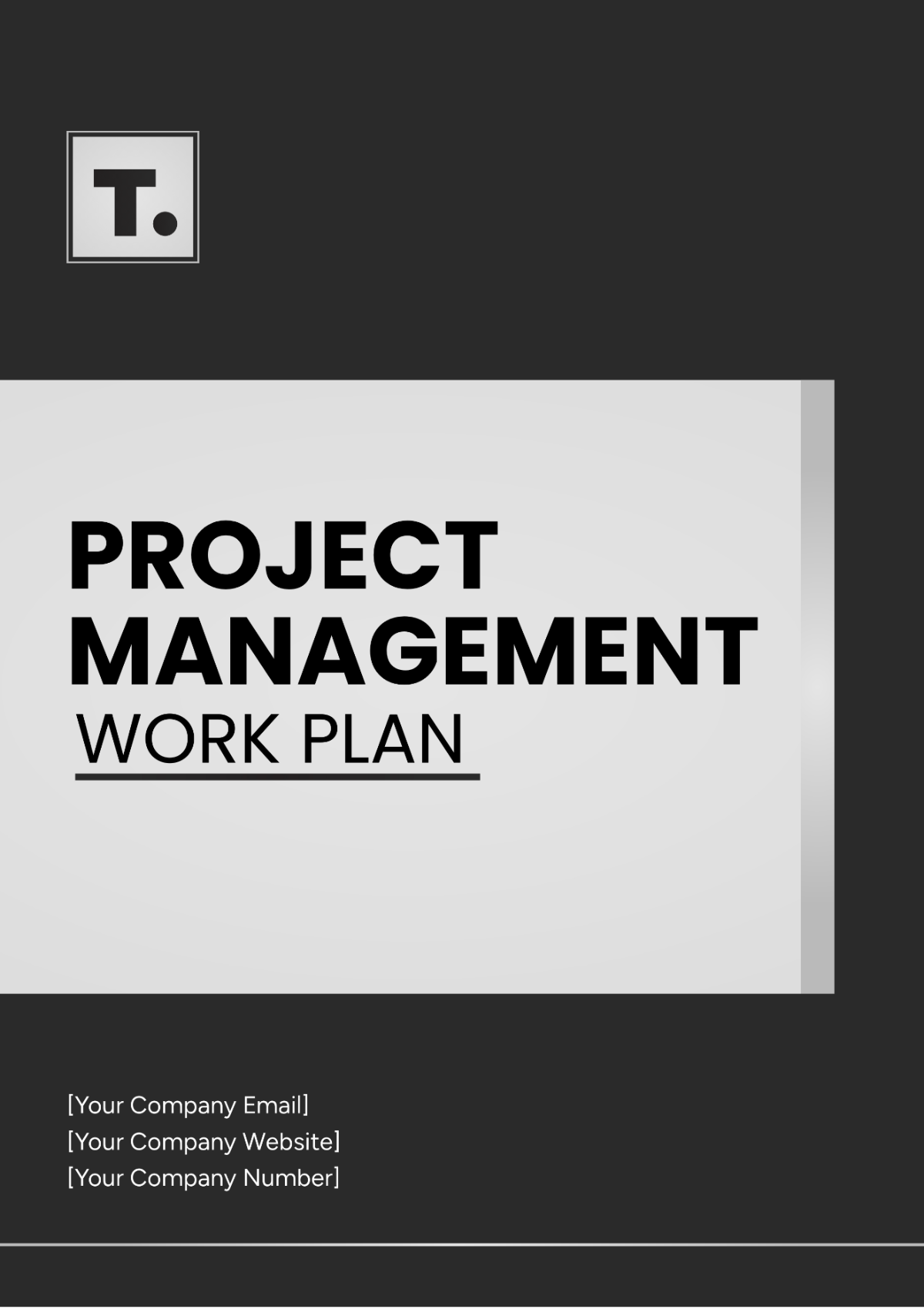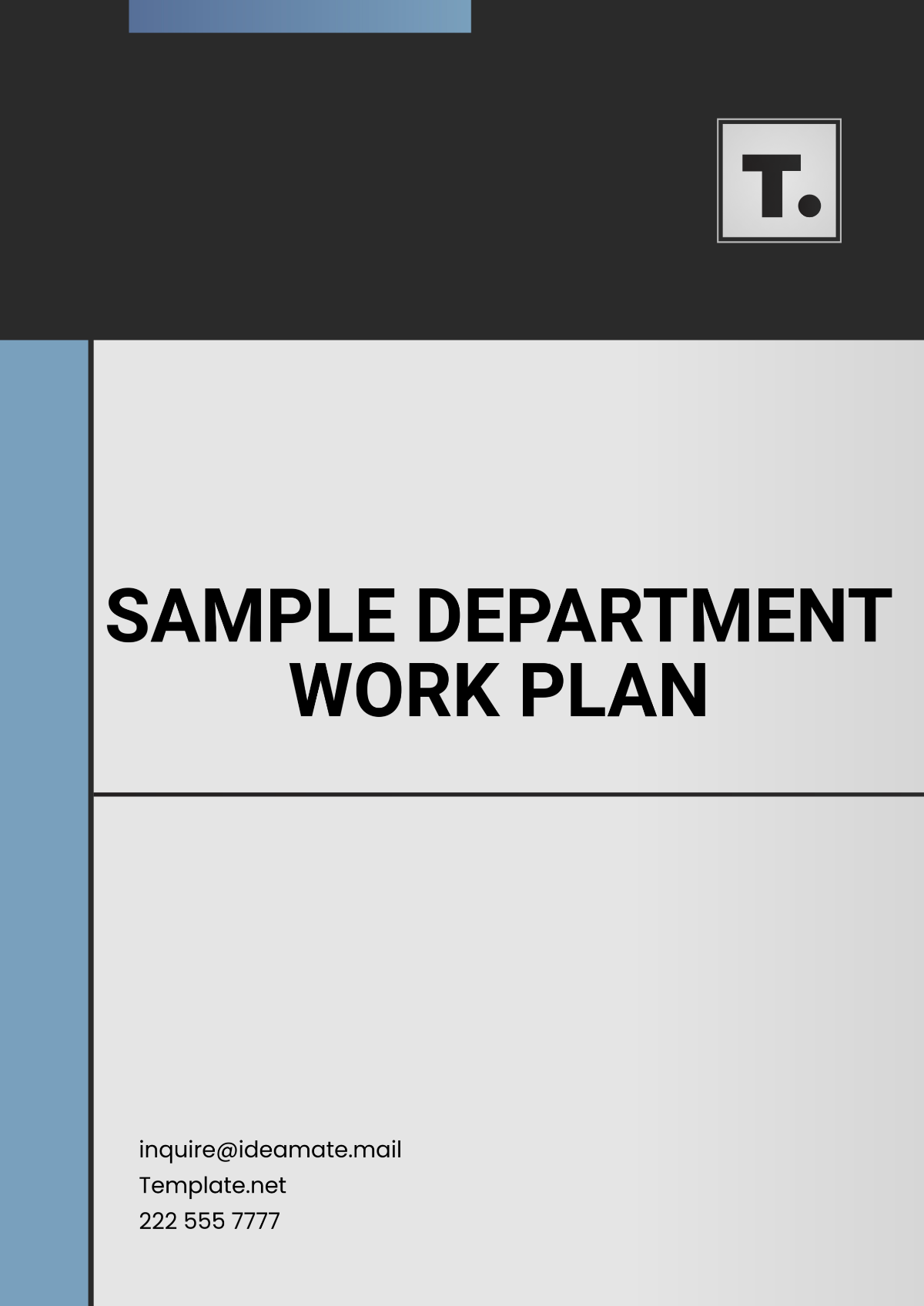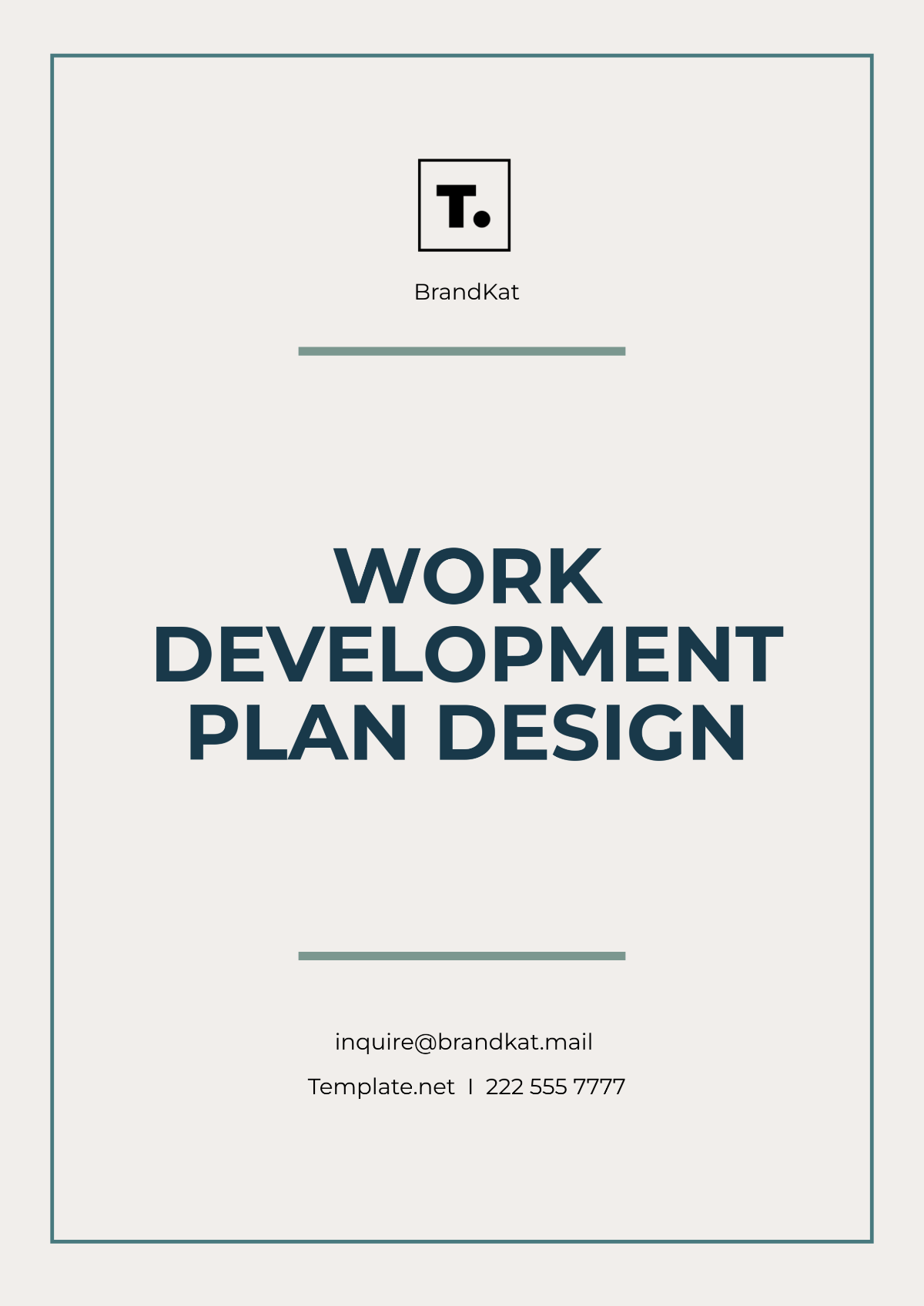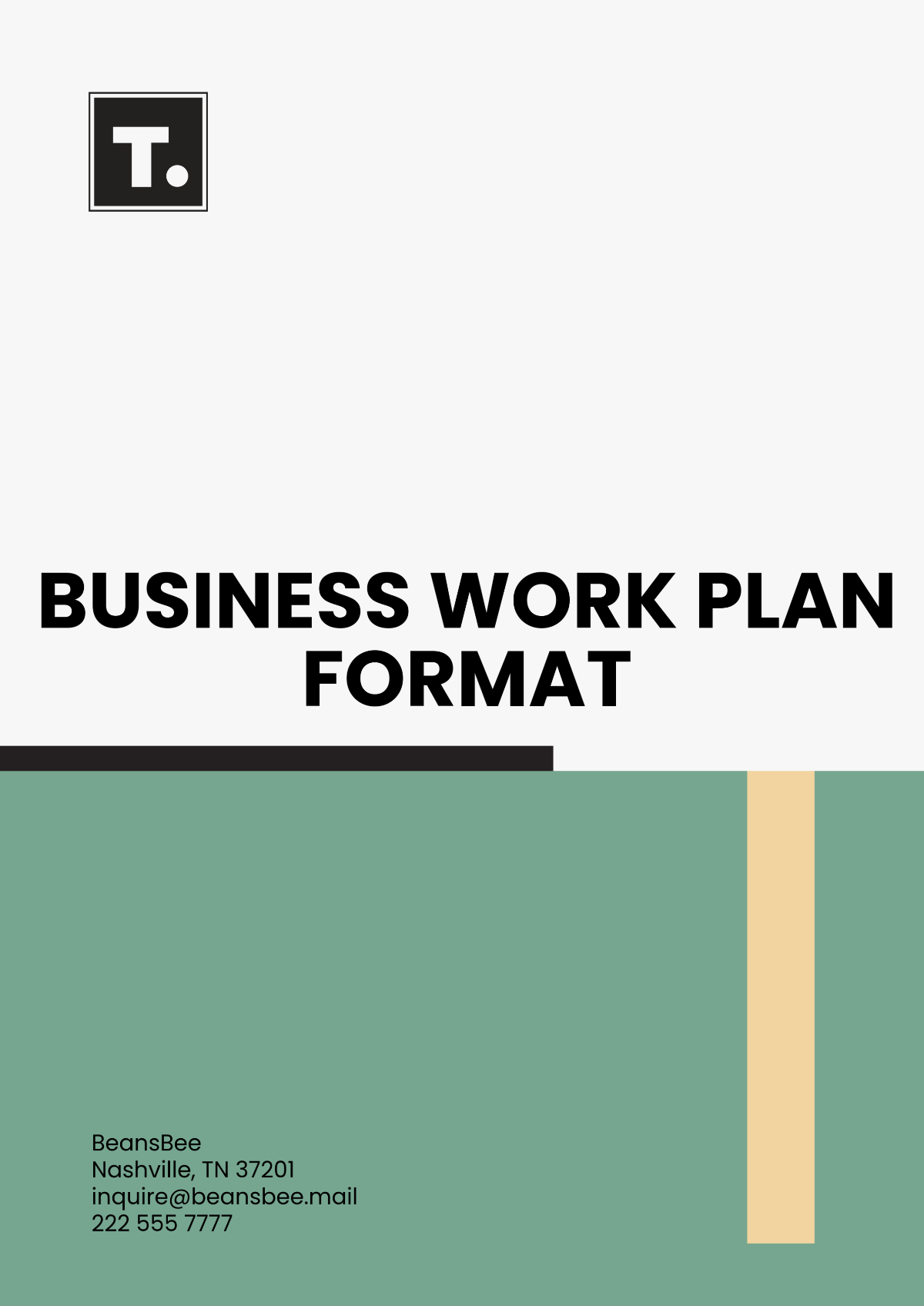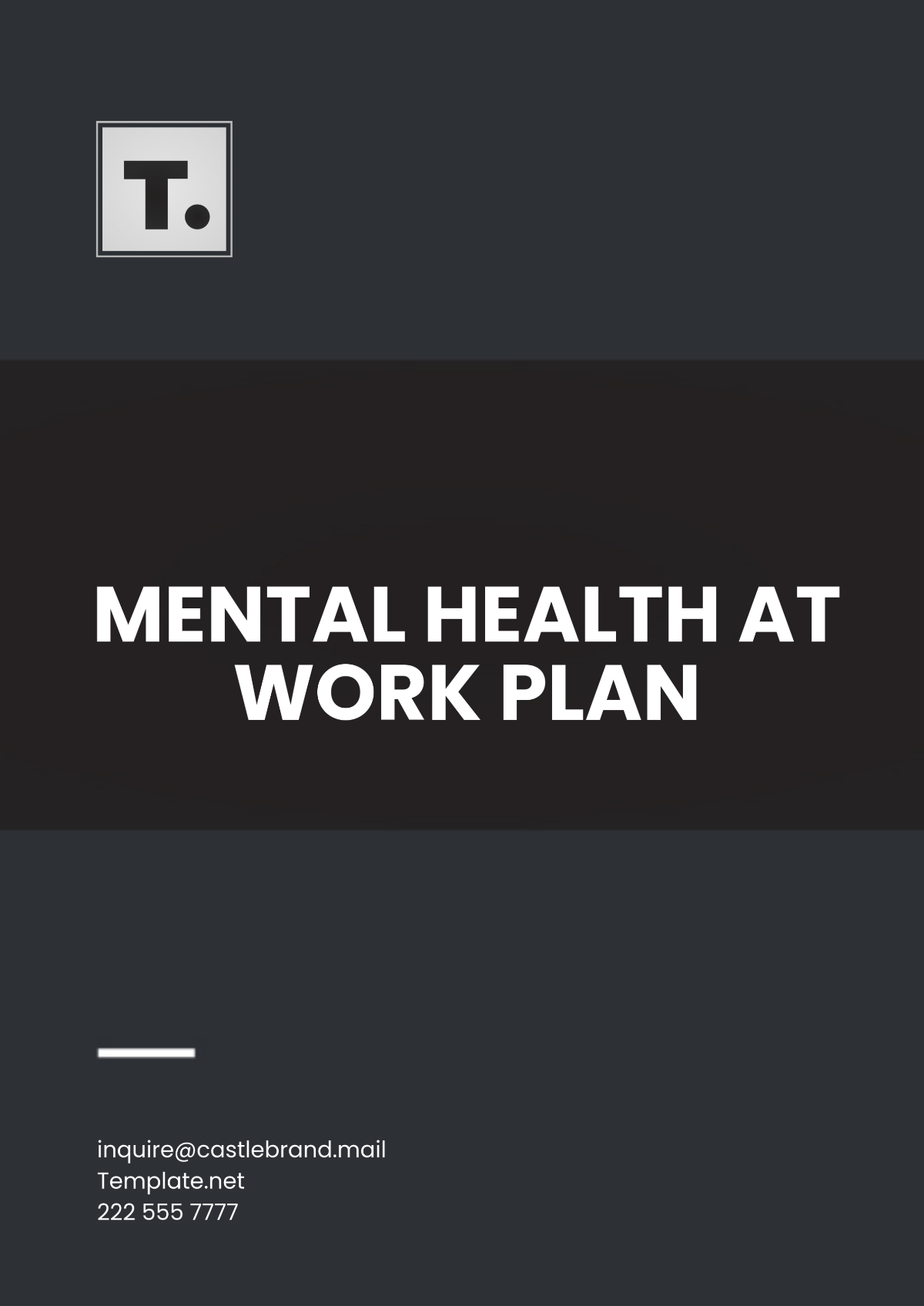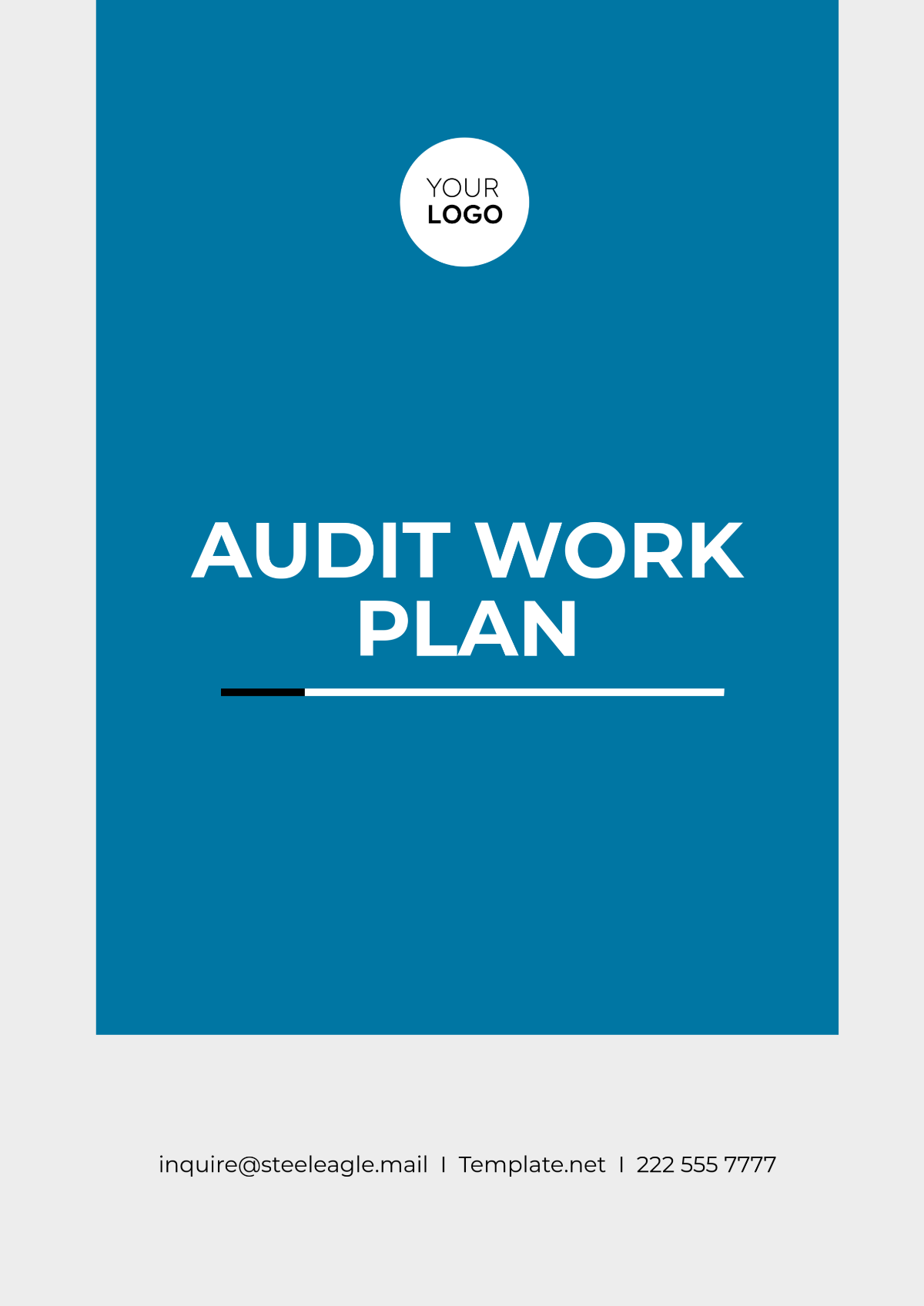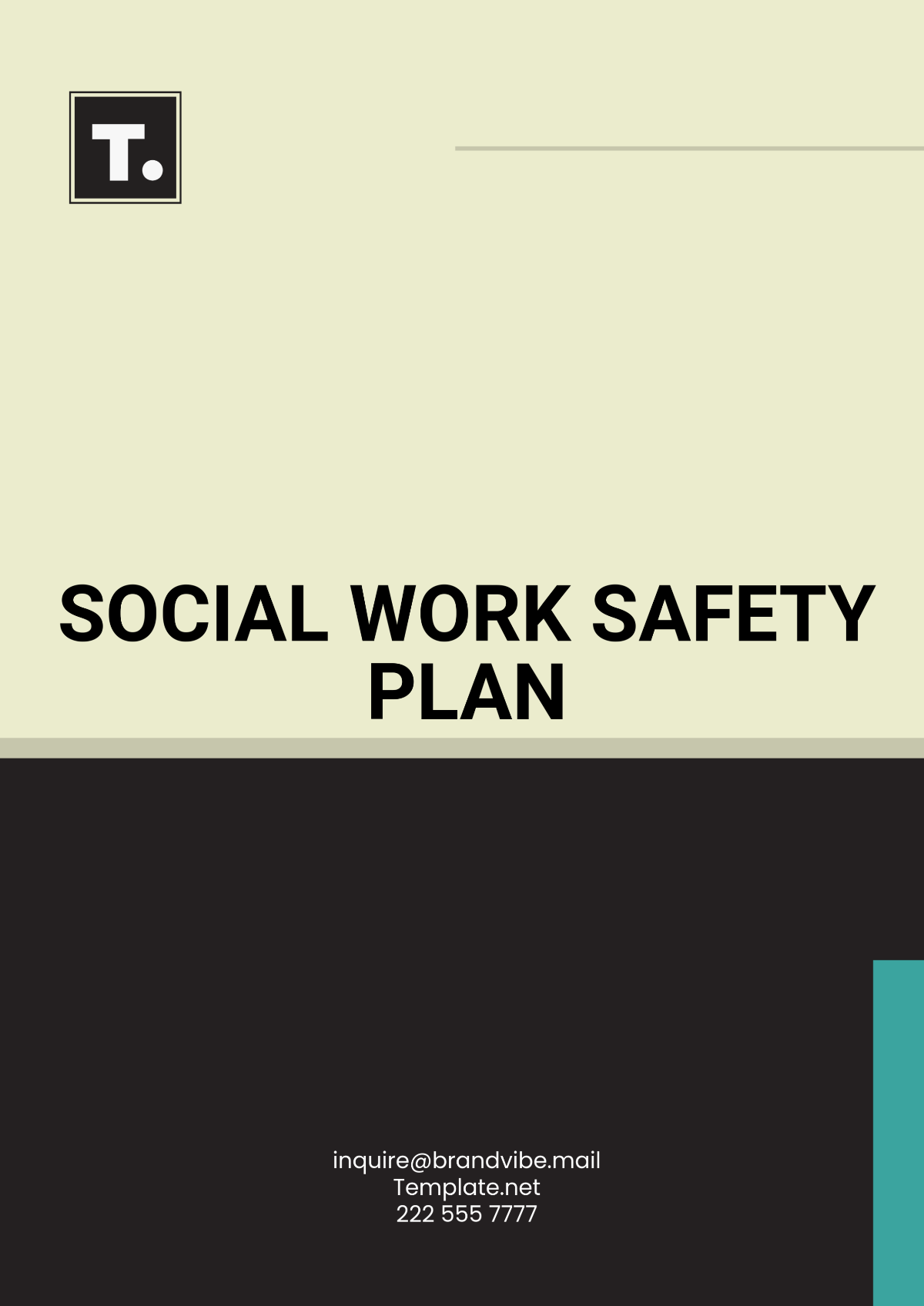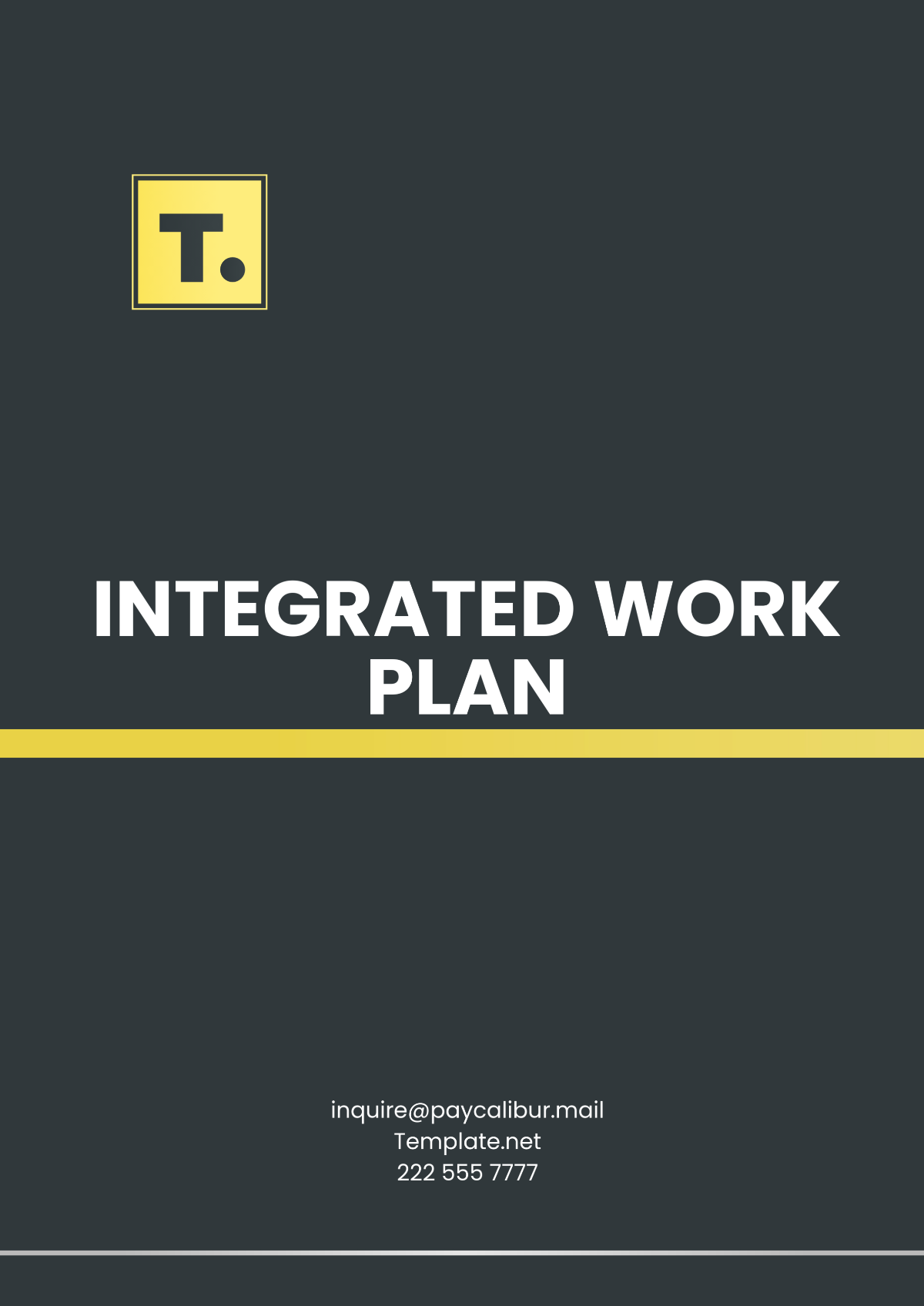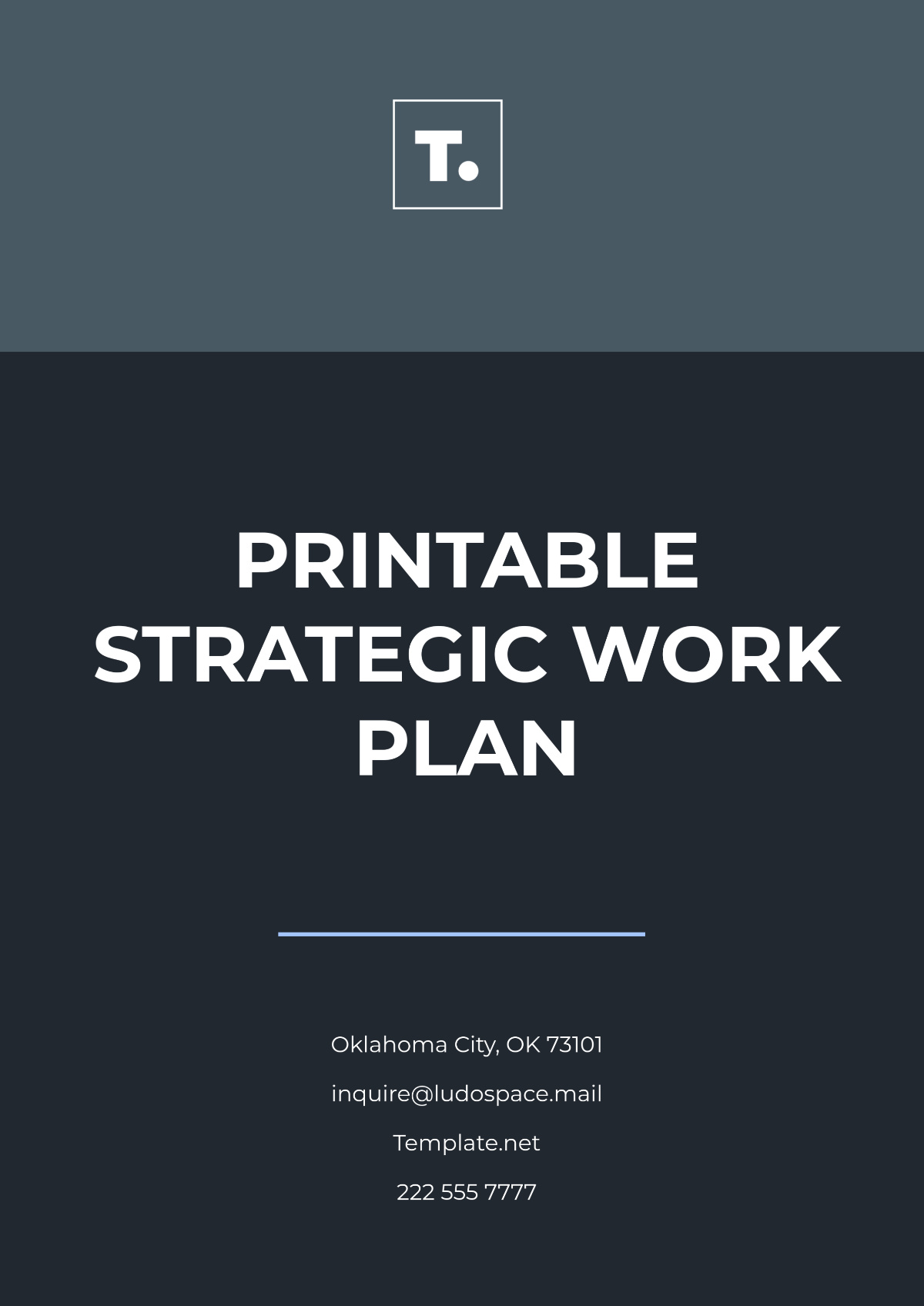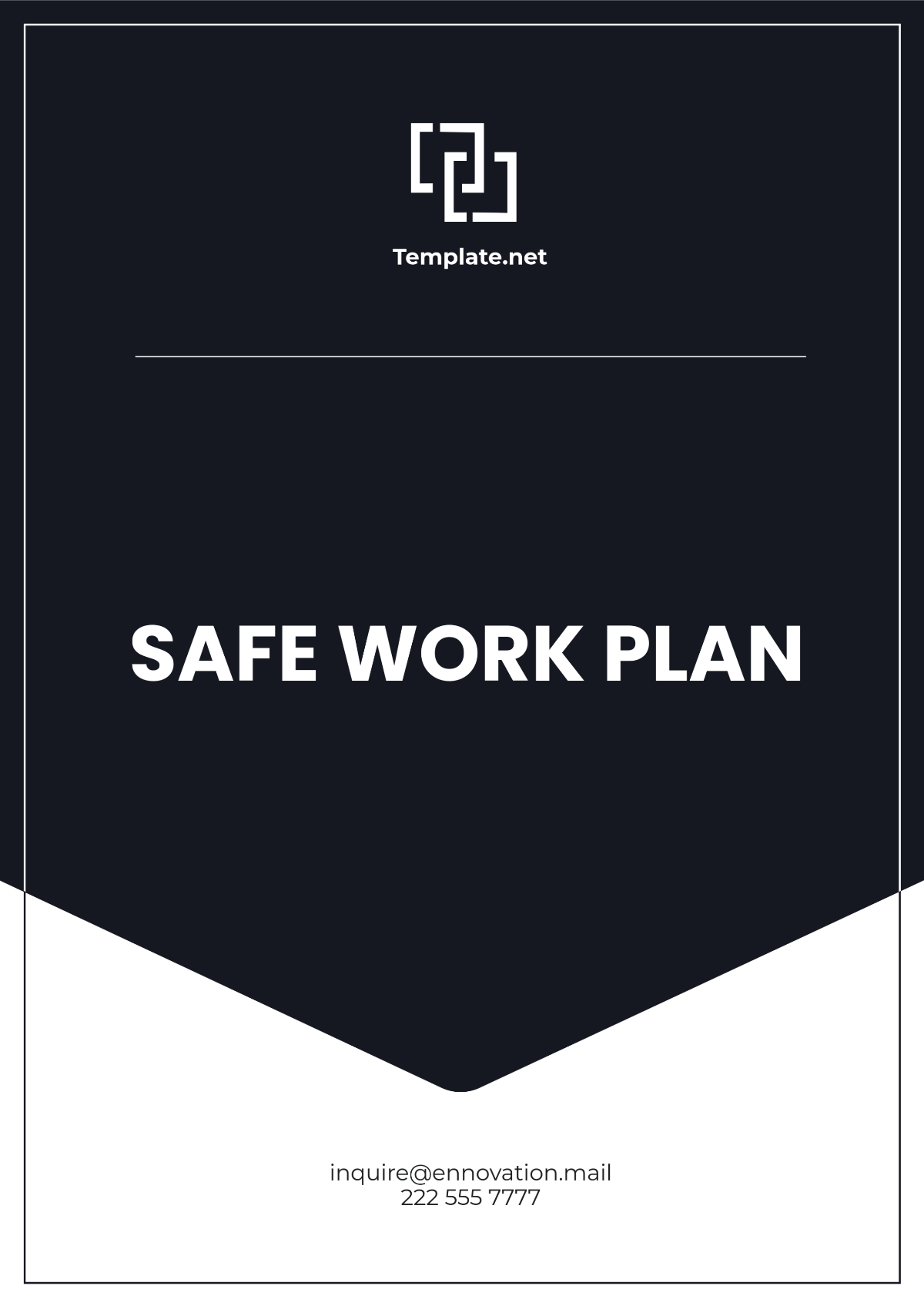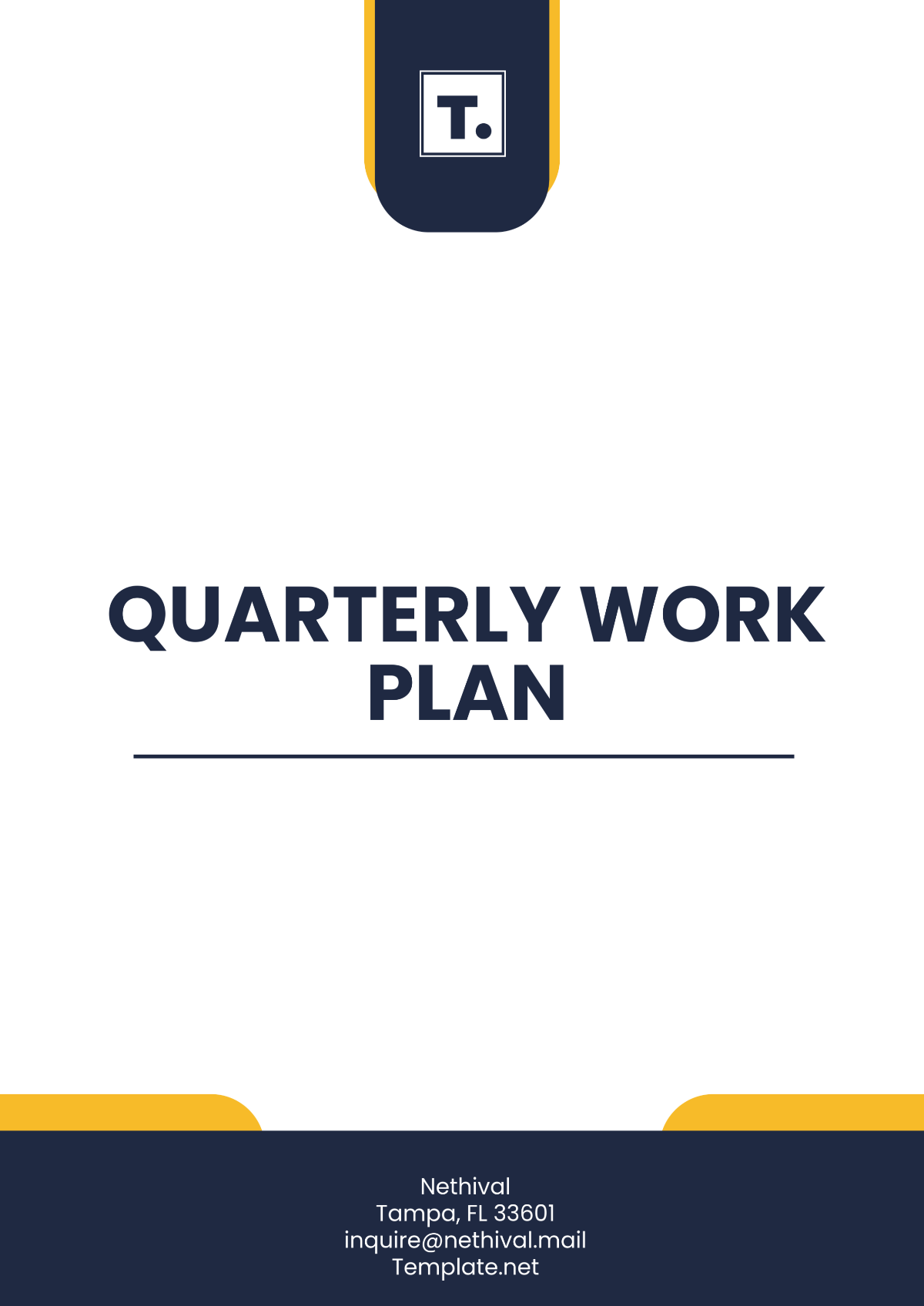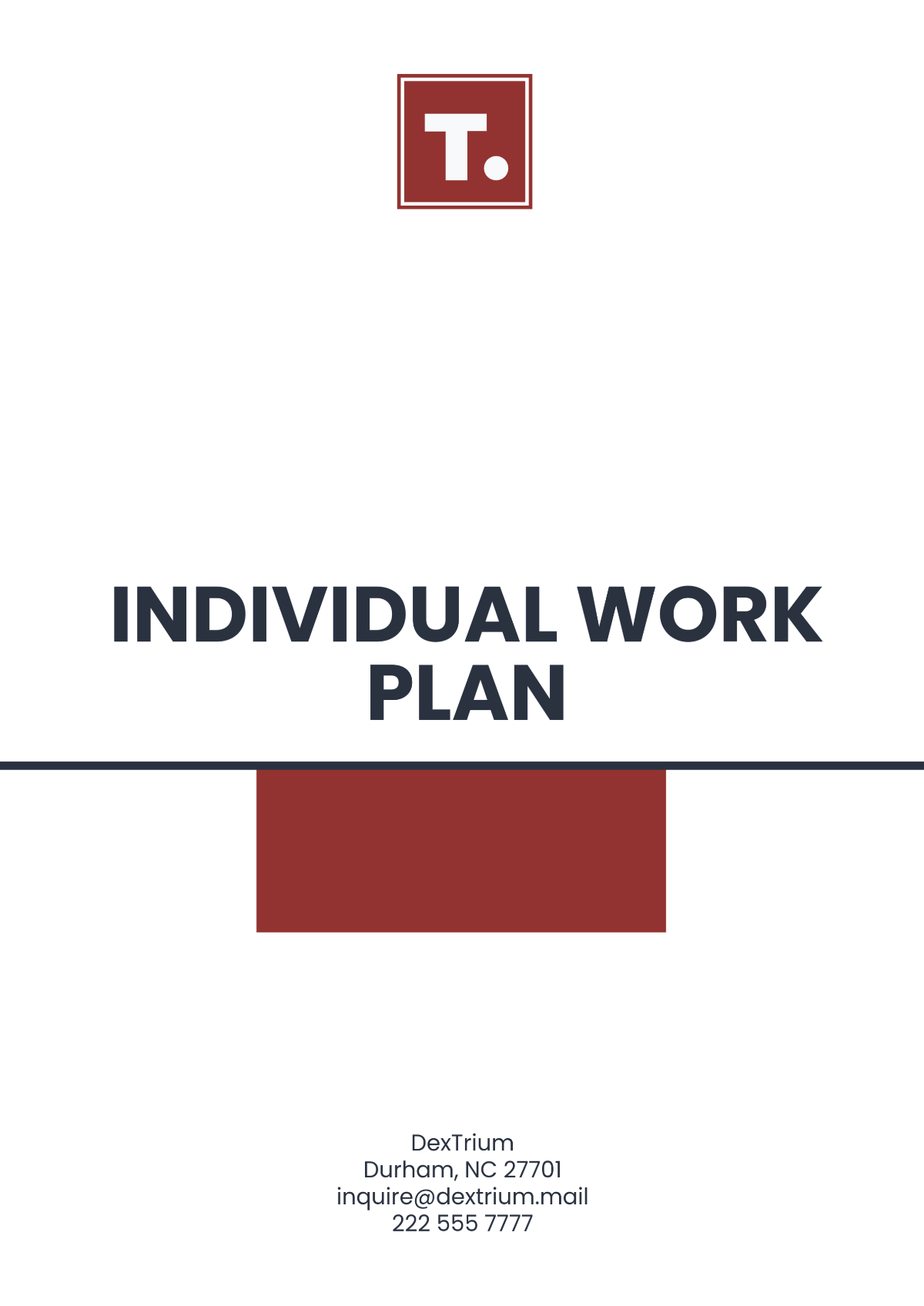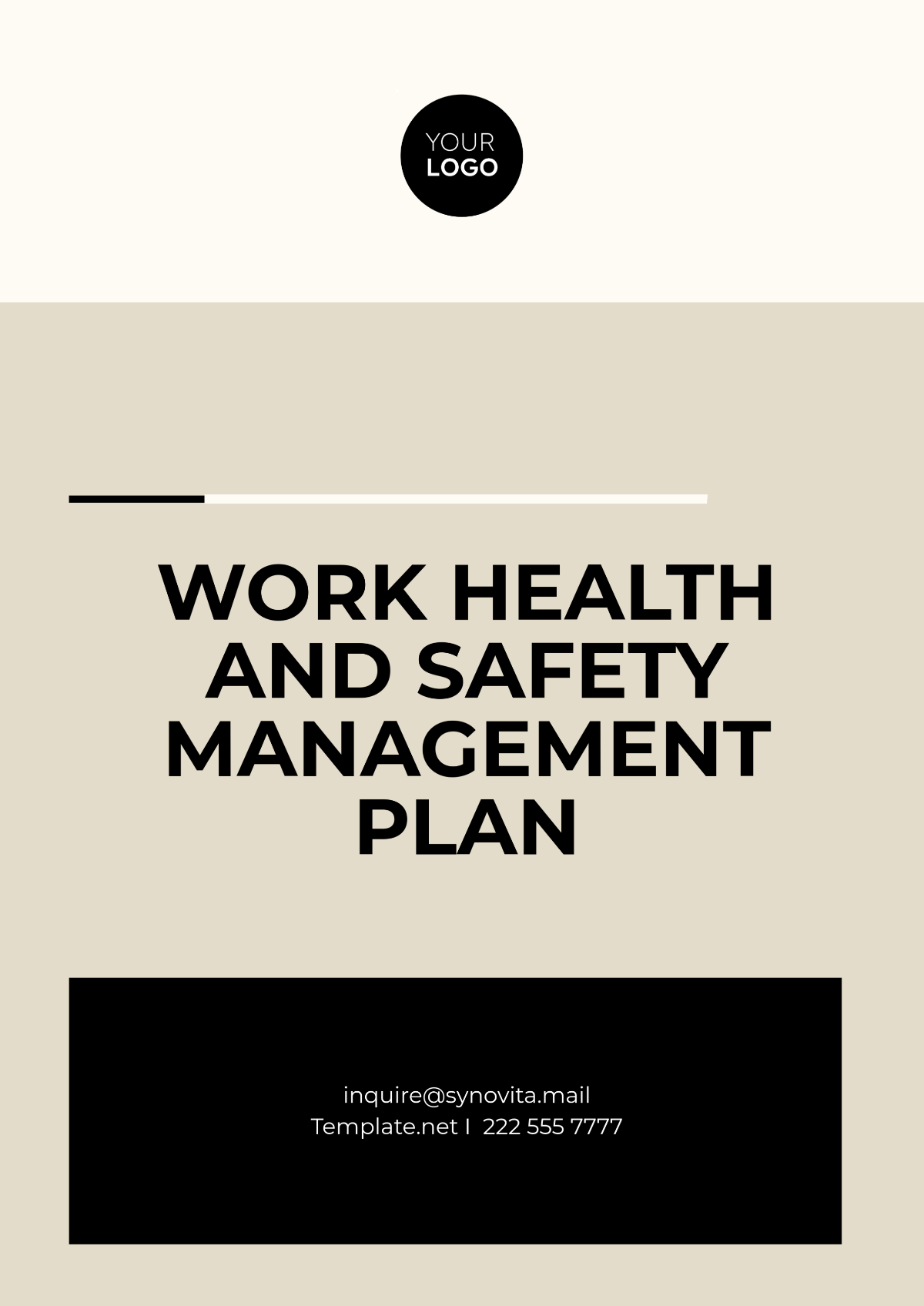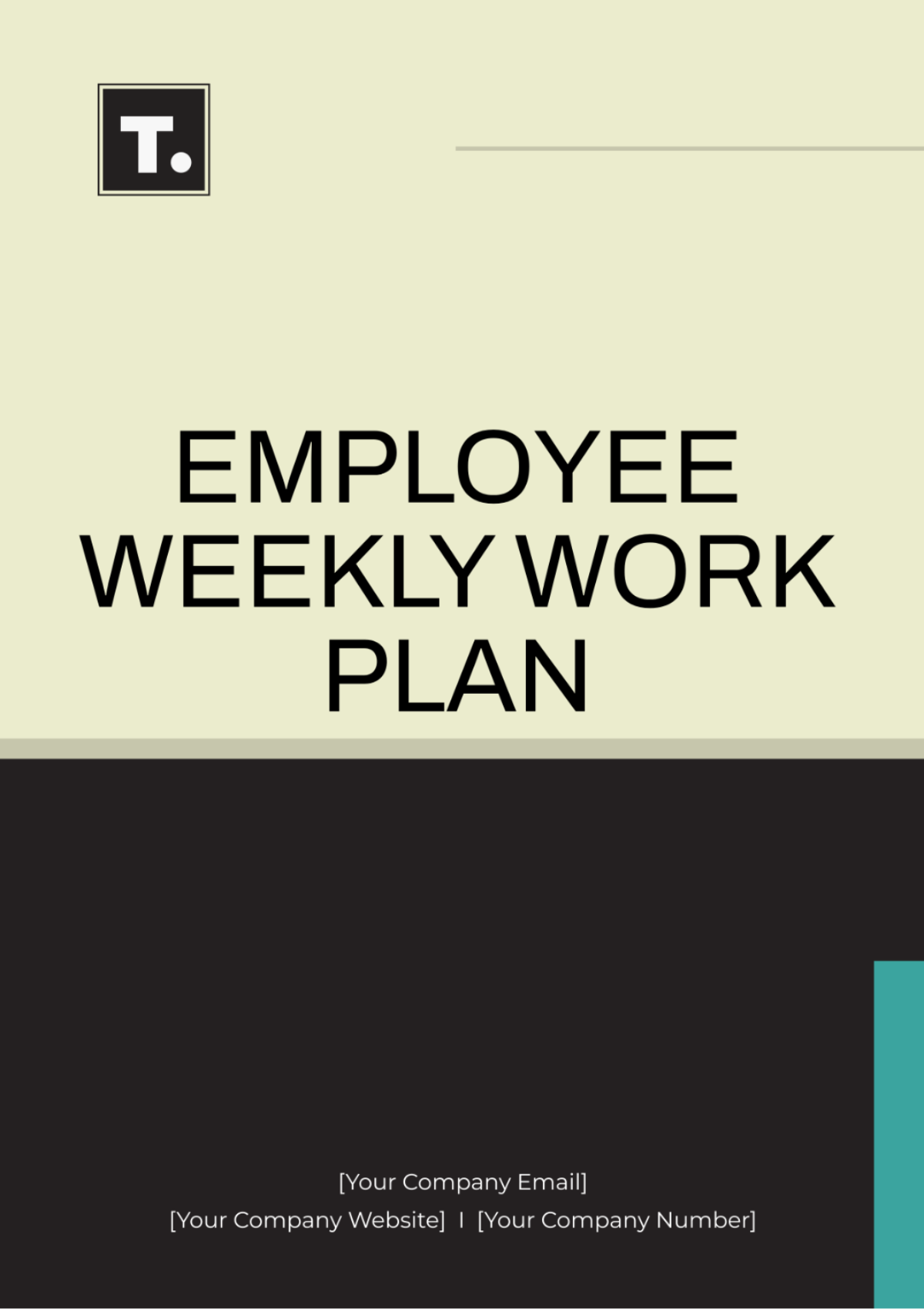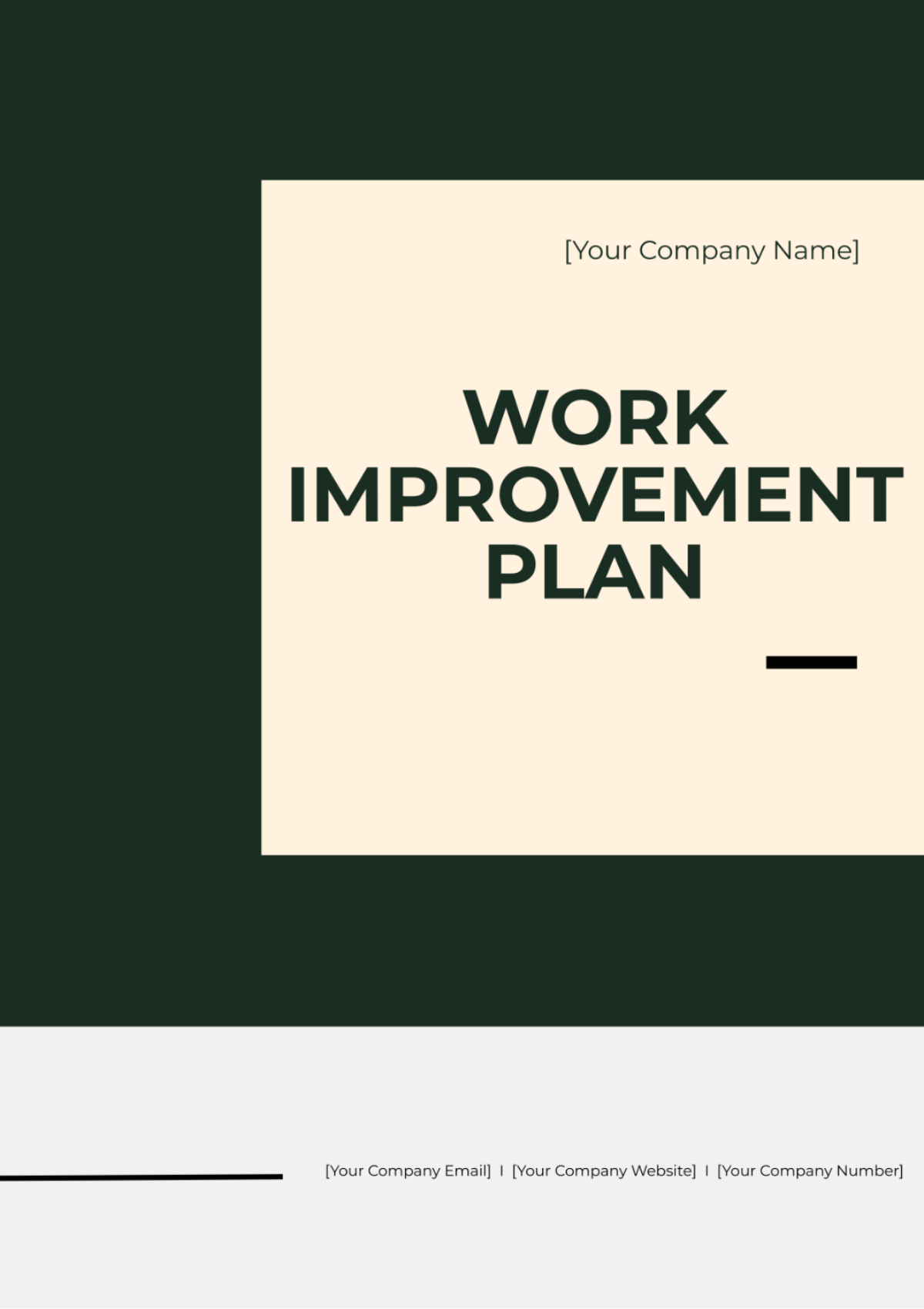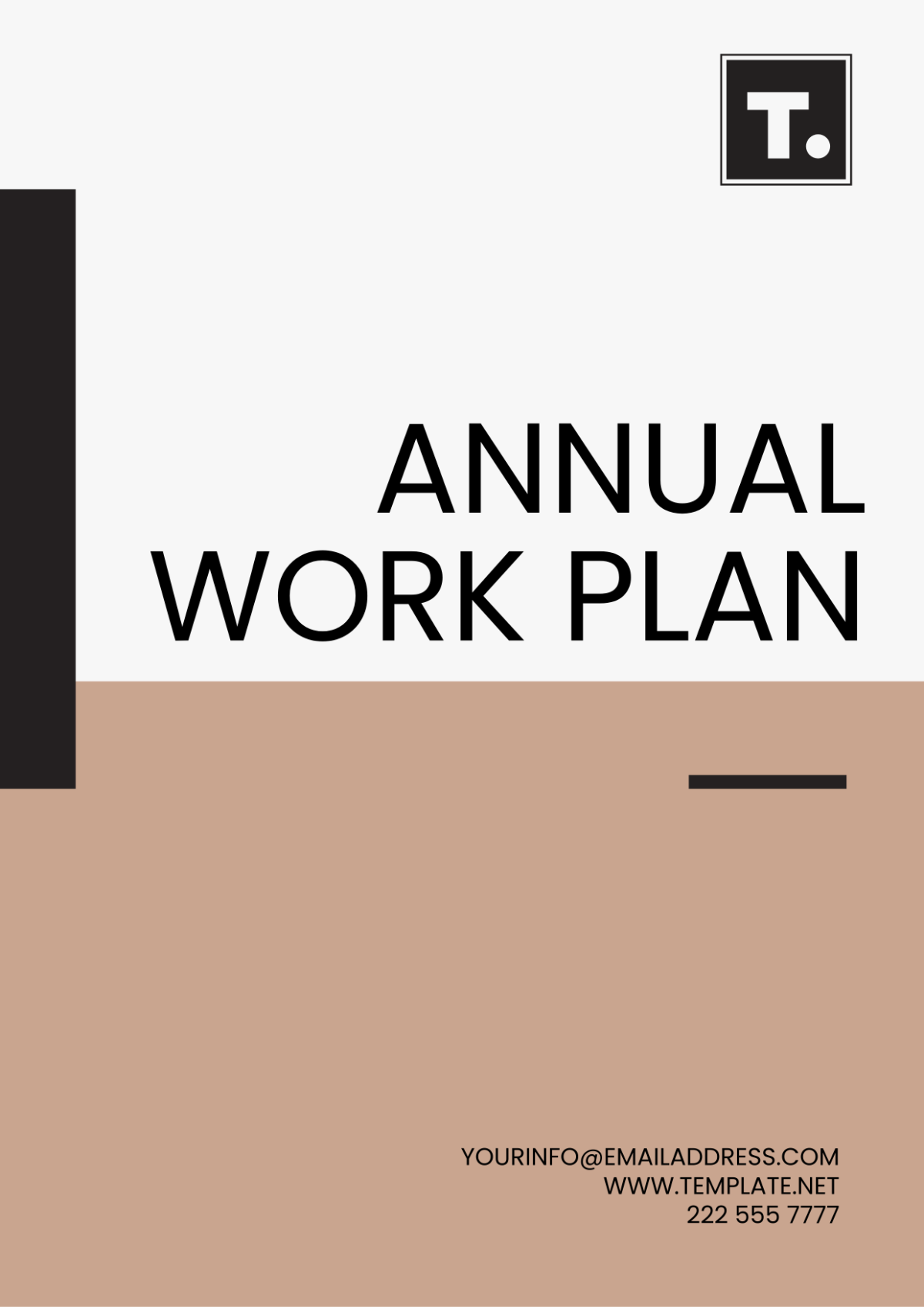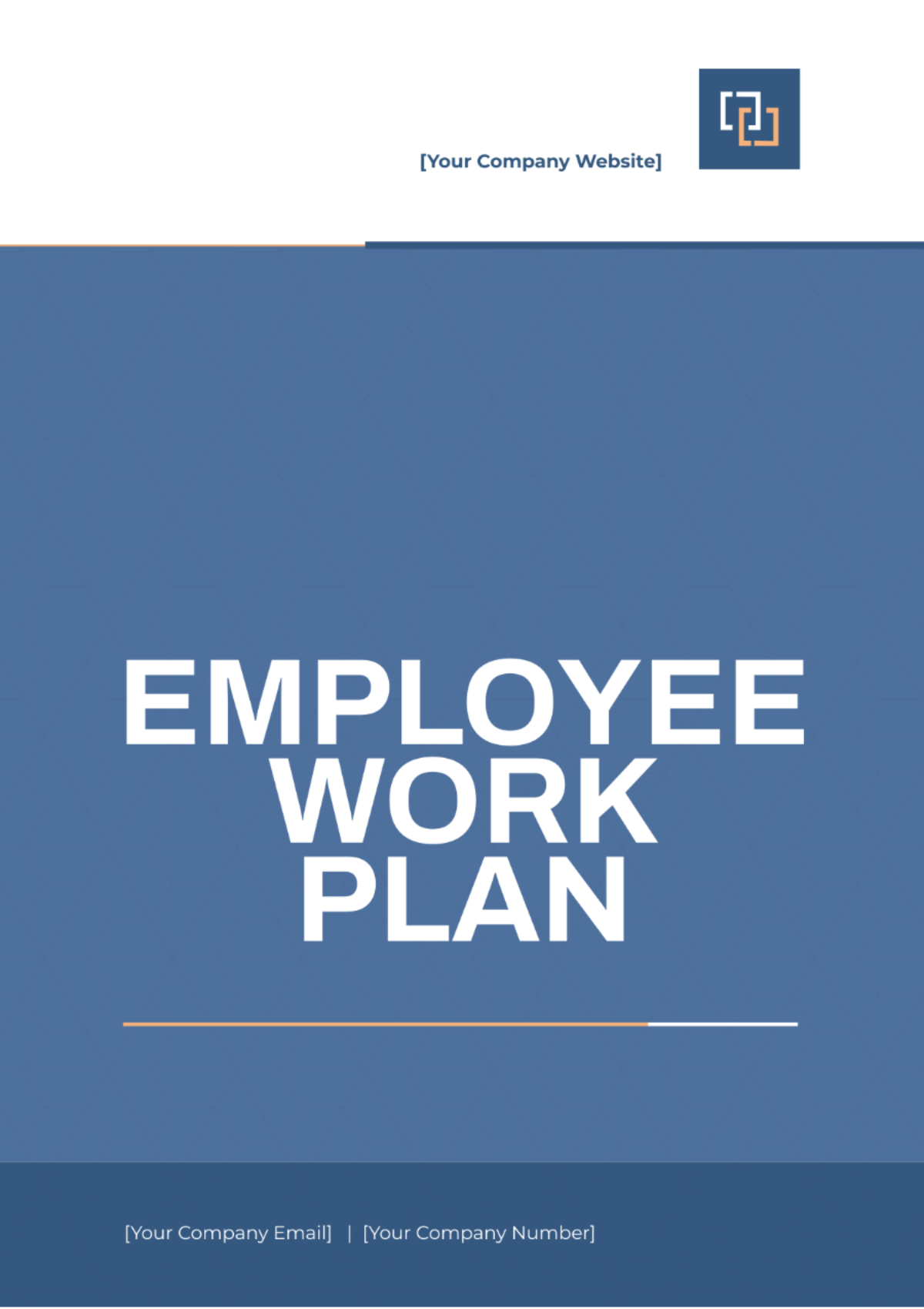DETAILED WORK PLAN
Prepared by: [YOUR NAME]
Website: [YOUR COMPANY WEBSITE]
Social Media: [YOUR COMPANY SOCIAL MEDIA]
I. Project Overview
This section provides a high-level summary of the Future Sustainable City Initiative project, including its objectives, scope, and key stakeholders. It serves as a reference point for understanding the project's purpose and desired outcomes.
1. Project Title: Future Sustainable City Initiative
Objective: Implement sustainable practices in urban development.
Scope: Develop green infrastructure and promote eco-friendly policies.
Stakeholders: City Council, Environmental NGOs, Urban Planners.
2. Project Background
Context: Growing concerns about climate change and urban sustainability.
Purpose: Create a model city showcasing eco-friendly living and urban design.
Challenges: Limited resources, public awareness, and regulatory hurdles.
II. Work Breakdown Structure (WBS)
1. Phase 1: Planning
Task 1: Conduct an environmental impact assessment.
Subtask 1.1: Identify potential sites for green infrastructure.
Subtask 1.2: Analyze feasibility and regulatory requirements.
Task 2: Develop sustainable development guidelines.
Subtask 2.1: Engage stakeholders for input and feedback.
Subtask 2.2: Draft policies and guidelines for implementation.
2. Phase 2: Execution
Task 3: Implement pilot green infrastructure projects.
Subtask 3.1: Procure materials and resources.
Subtask 3.2: Collaborate with contractors for construction.
Task 4: Launch public awareness campaigns.
Subtask 4.1: Design marketing materials and educational programs.
Subtask 4.2: Organize community events and workshops.
III. Timeline and Milestones
1. Timeline
Start Date: January 1, 2050
End Date: December 31, 2052
Duration: 3 years
2. Milestones
Milestone 1: Completion of environmental impact assessment.
Due Date: March 15, 2050
Milestone 2: Launch of pilot green projects.
Due Date: June 30, 2051
IV. Resource Allocation
1. Human Resources
Role 1: Environmental Engineer
Responsibilities: Conducting assessments and overseeing green projects.
Skills Required: Environmental science, project management.
Role 2: Community Outreach Coordinator
Responsibilities: Engaging the public and organizing events.
Skills Required: Communication, event planning.
2. Material Resources
Equipment: Soil testing kits, solar panels, water recycling systems.
Materials: Recycled building materials, and eco-friendly landscaping supplies.
V. Dependencies and Risks
1. Dependencies
Task Dependency: Availability of regulatory approvals for pilot projects.
Impact: Delay in project execution and increased costs.
2. Risks
Risk 1: Funding constraints for large-scale implementation.
Likelihood: Medium
Impact: High, may delay project milestones.
Risk 2: Public resistance to new eco-friendly policies.
Likelihood: Low
Impact: Moderate, requires effective communication strategies.
VI. Communication Plan
1. Communication Channels
Meetings: Monthly project updates with stakeholders.
Email Updates: Bi-weekly progress reports to the project team.
Project Dashboard: Online portal for real-time project tracking.
2. Stakeholder Engagement
Key Stakeholders: City Council members, Environmental NGOs.
Preferred Communication Method: Quarterly town hall meetings and email updates.
VII. Monitoring and Evaluation
1. Performance Metrics
Key Performance Indicators (KPIs): Greenhouse gas reduction, community engagement levels.
Performance Targets: 20% reduction in emissions by 2052, 80% public awareness.
2. Evaluation Criteria
Quality Standards: Compliance with sustainable development guidelines.
Customer Satisfaction: Feedback surveys from residents and stakeholders.
